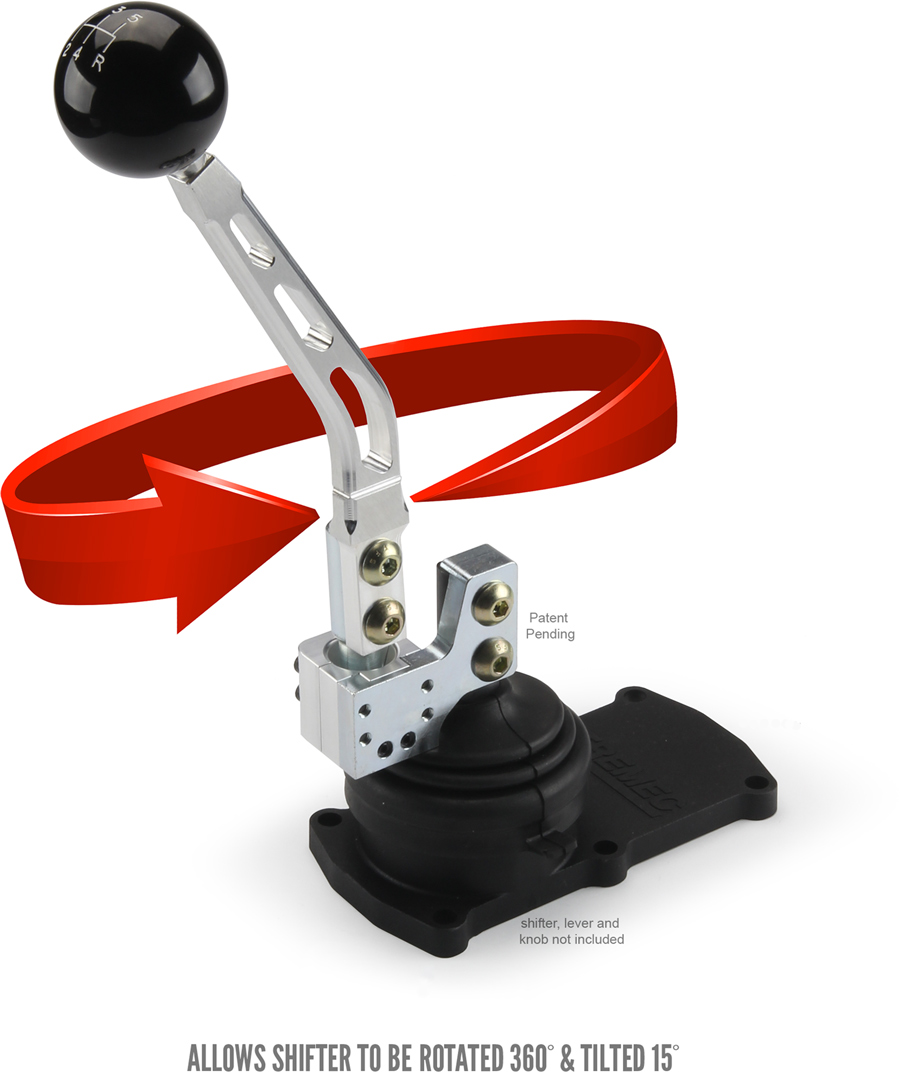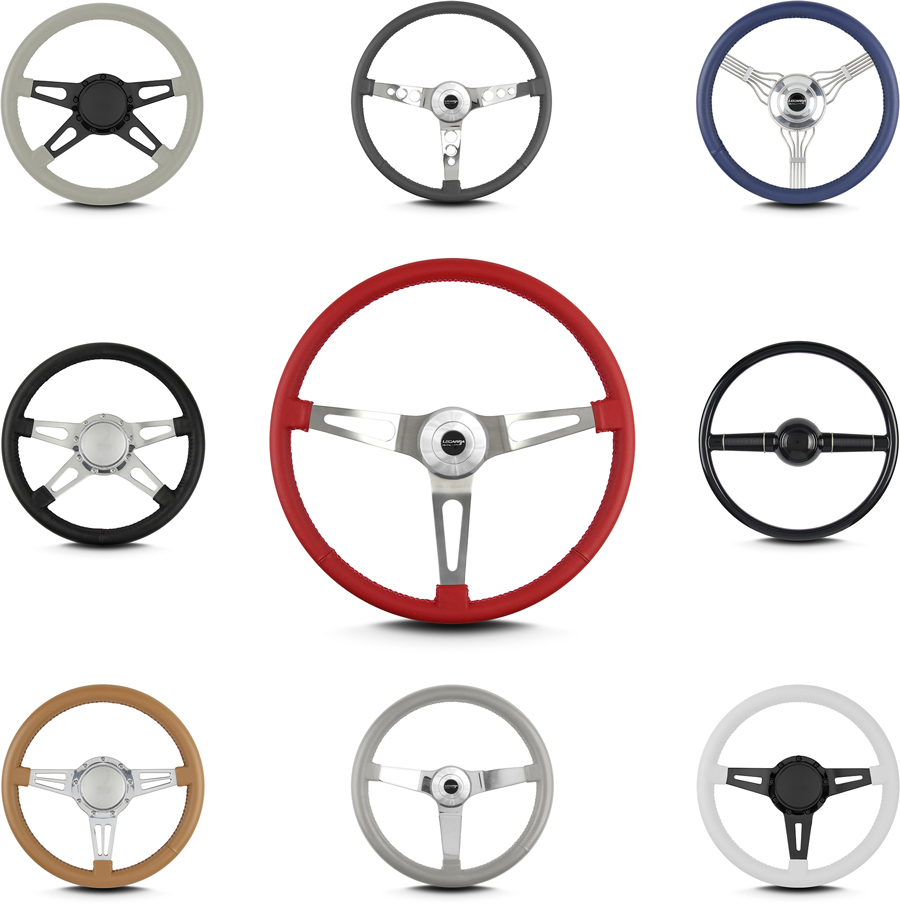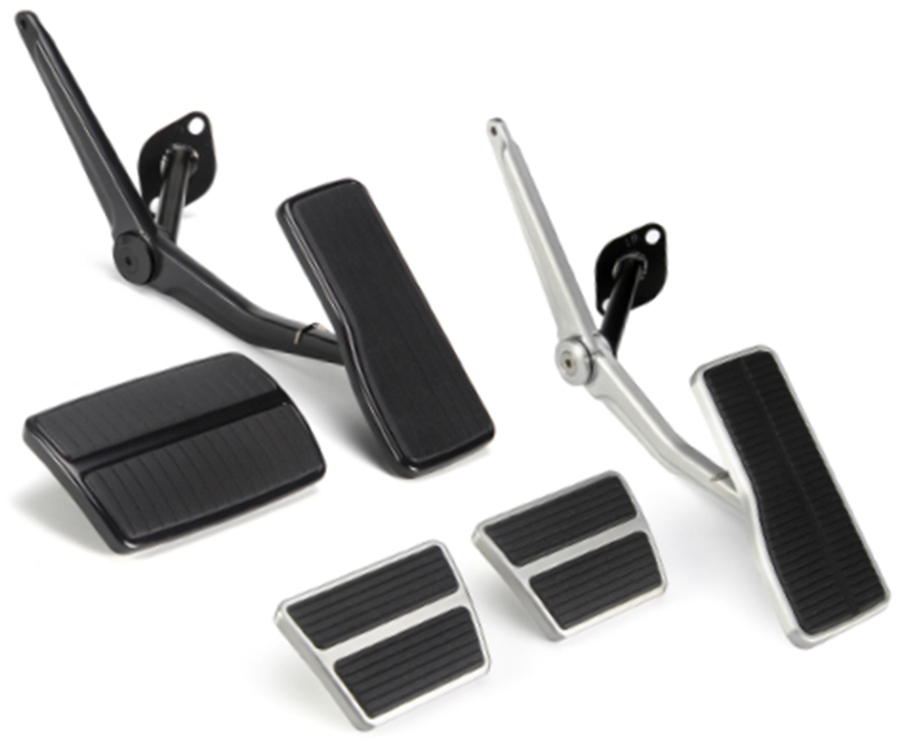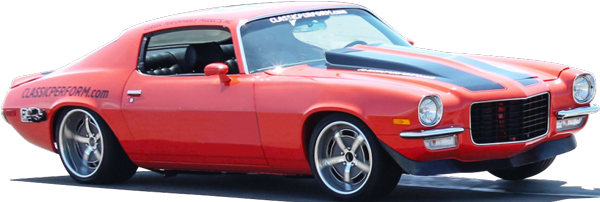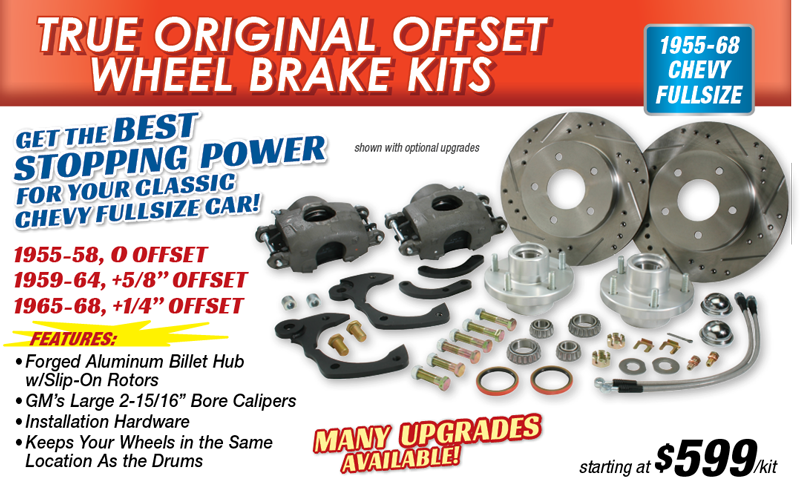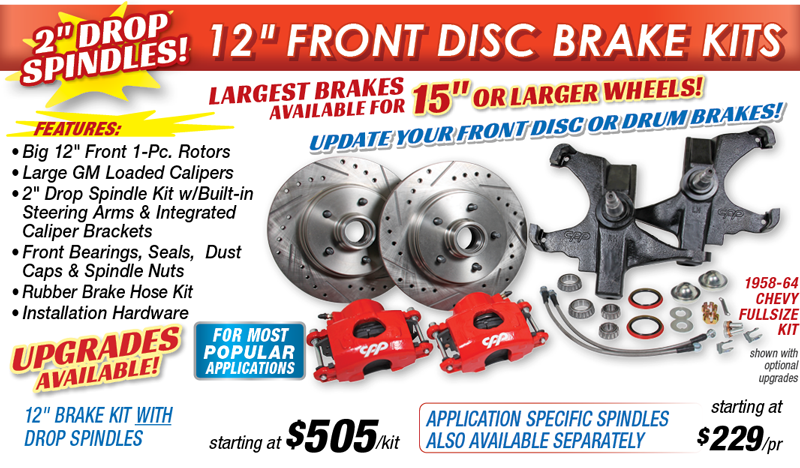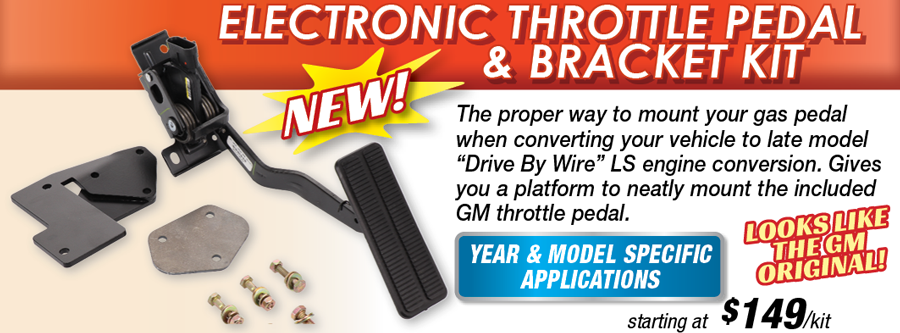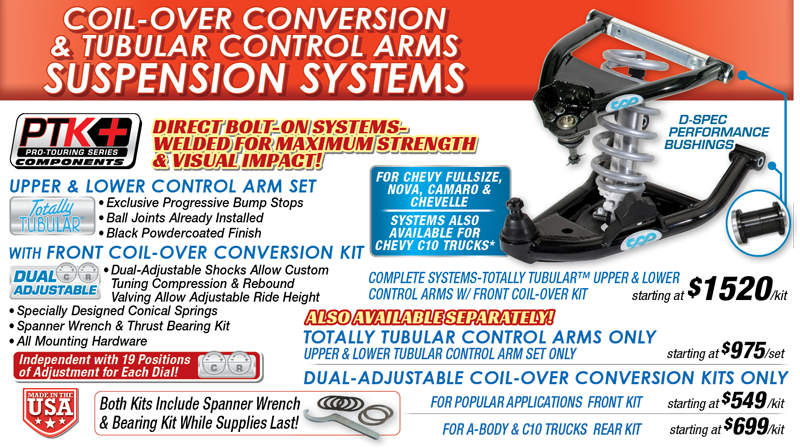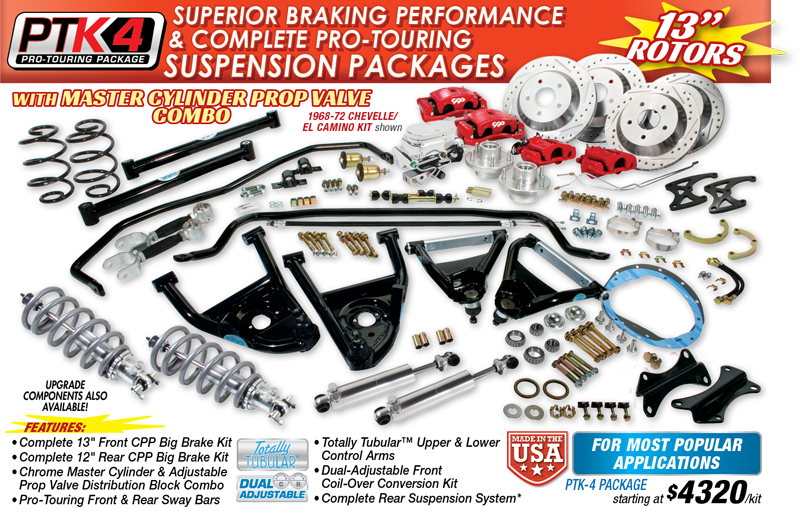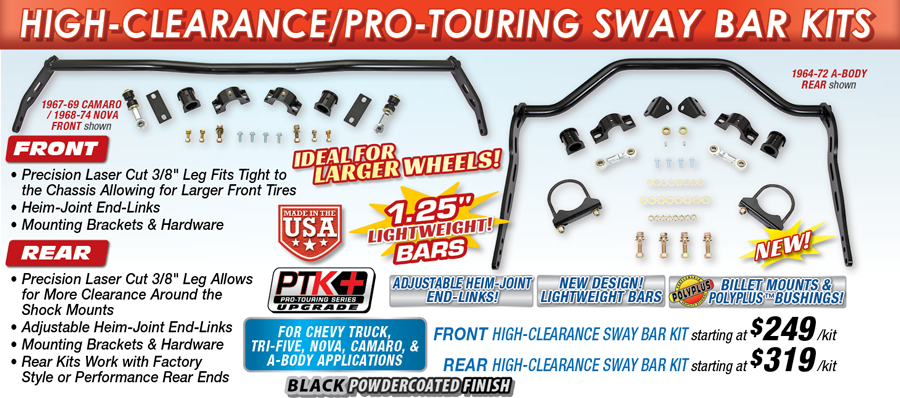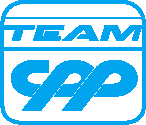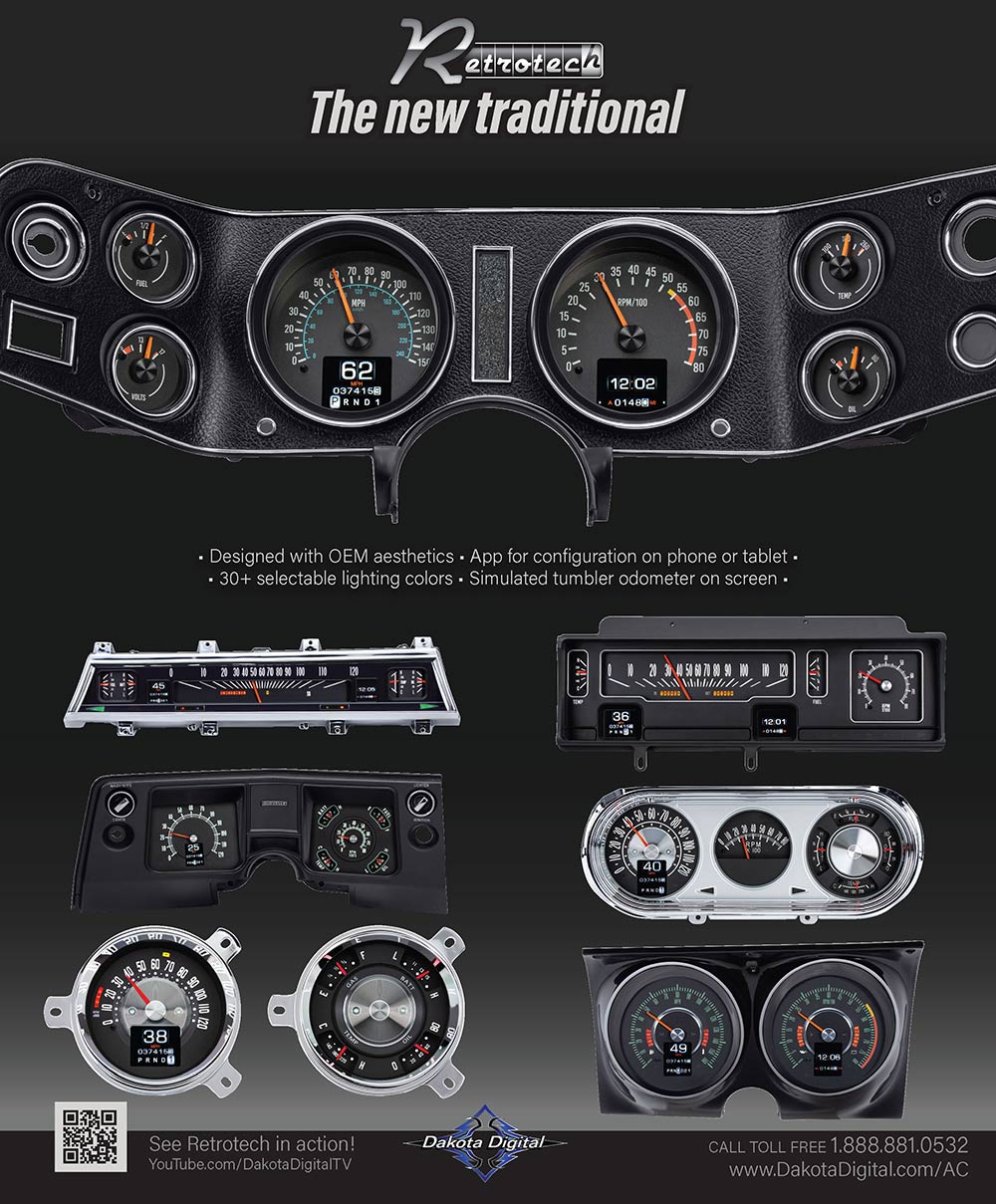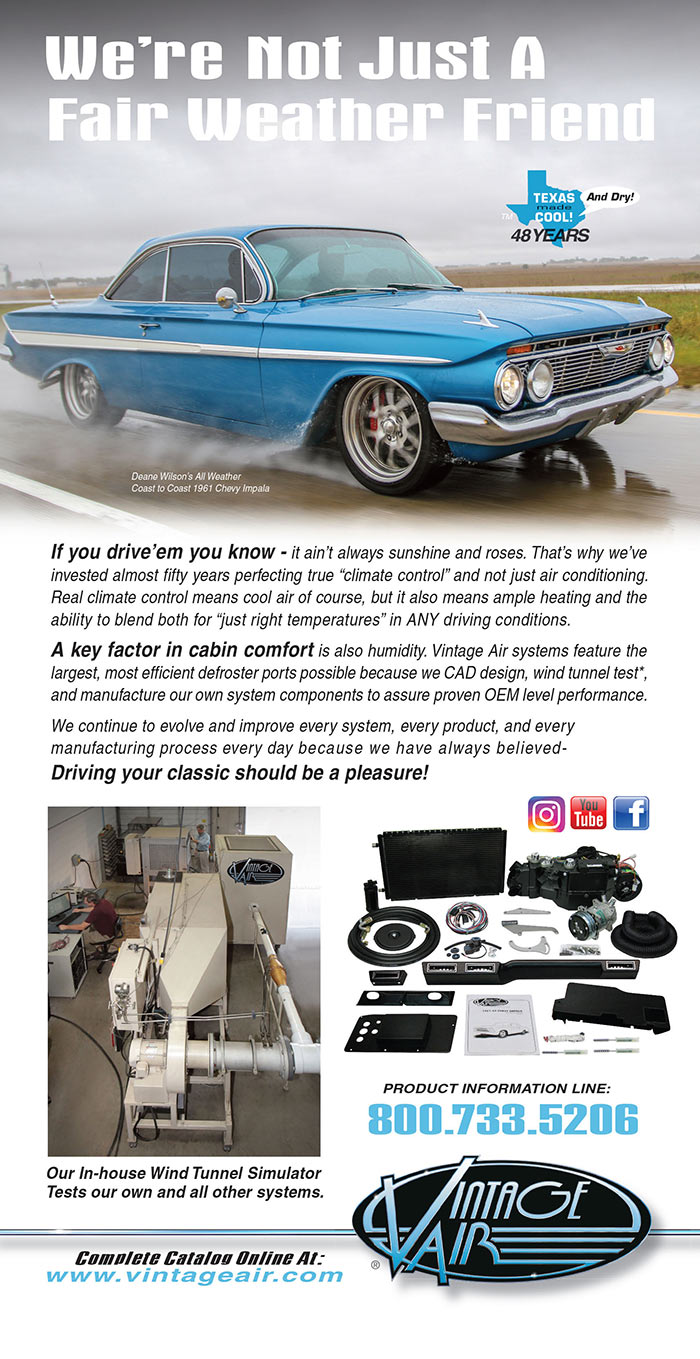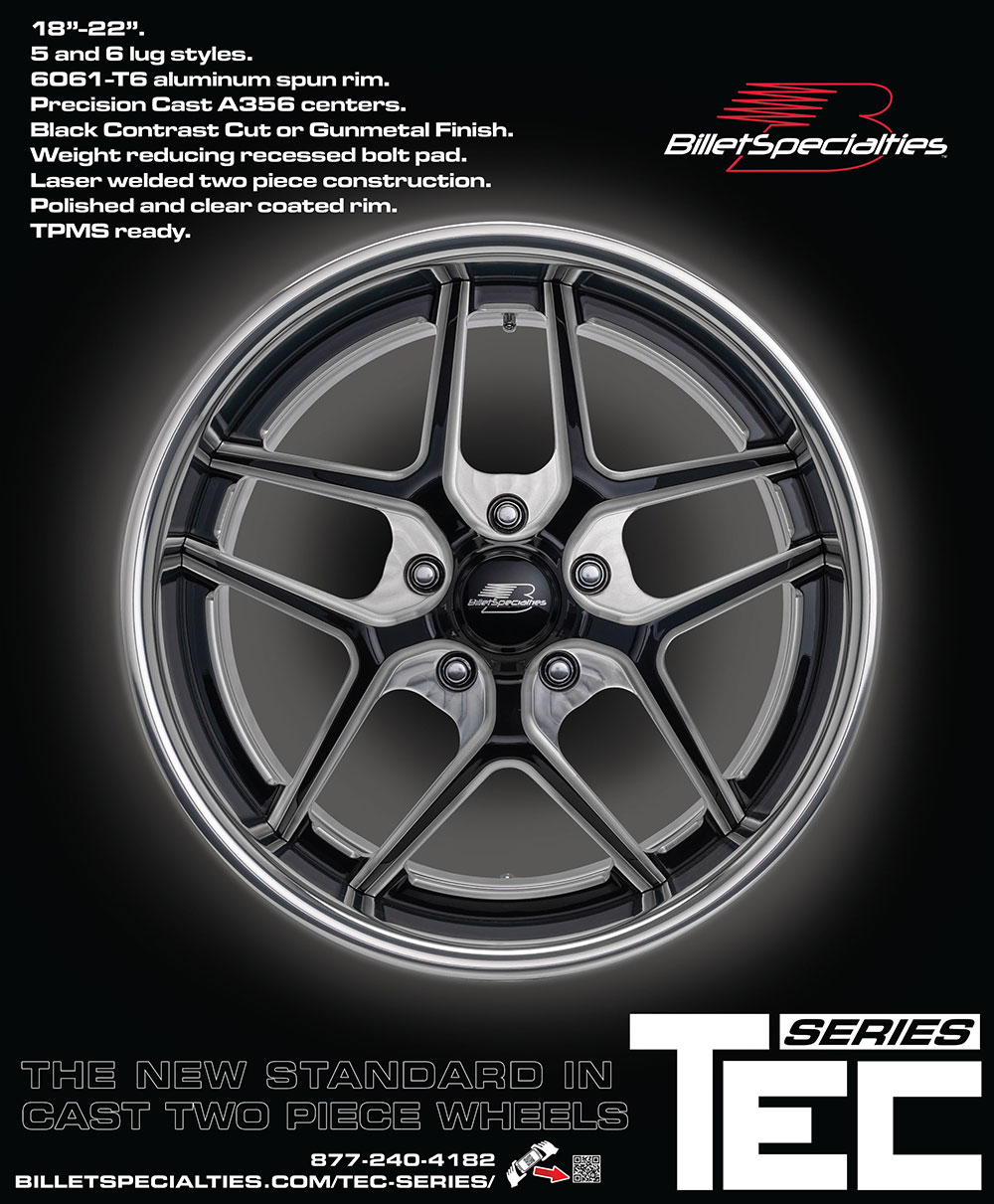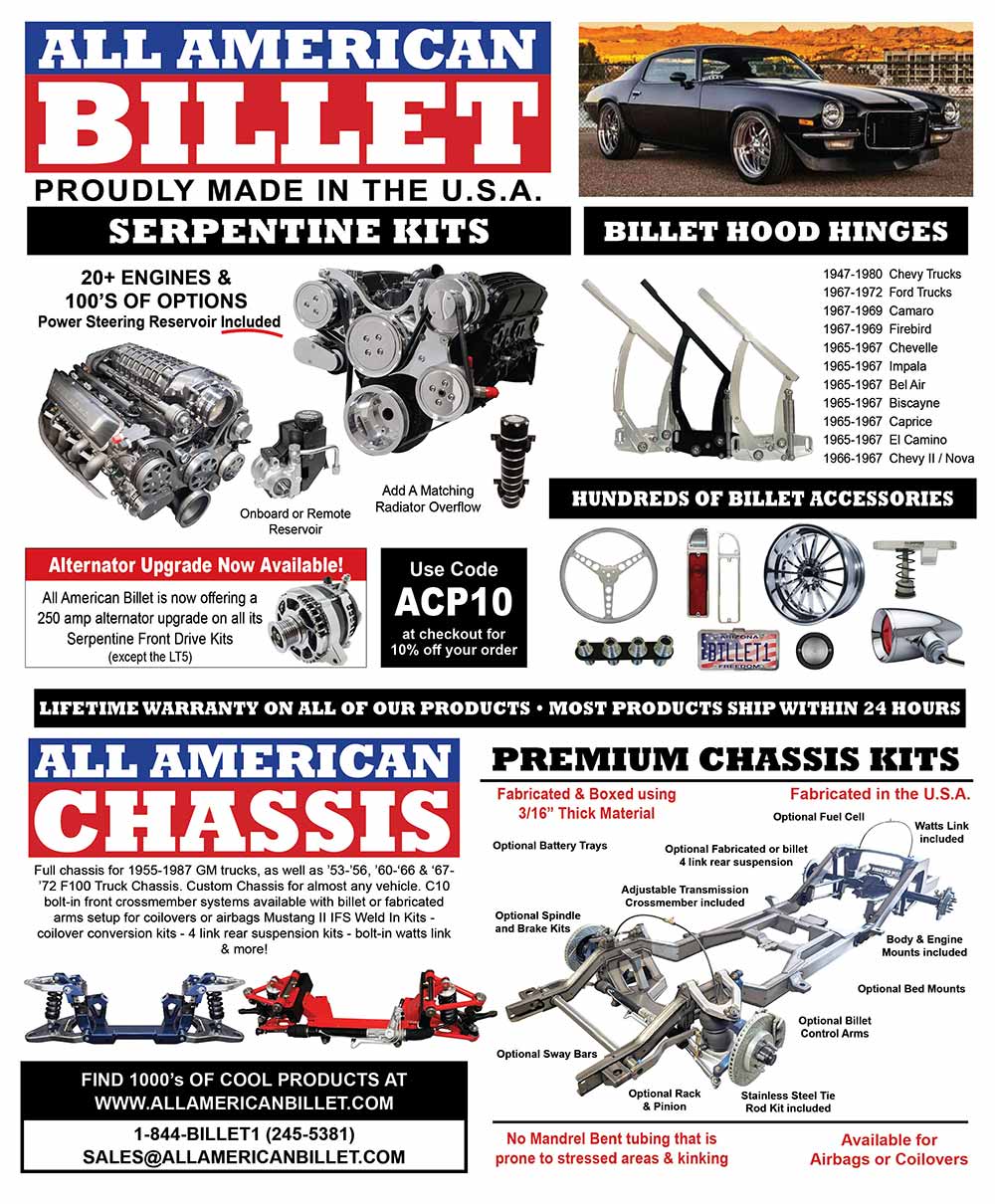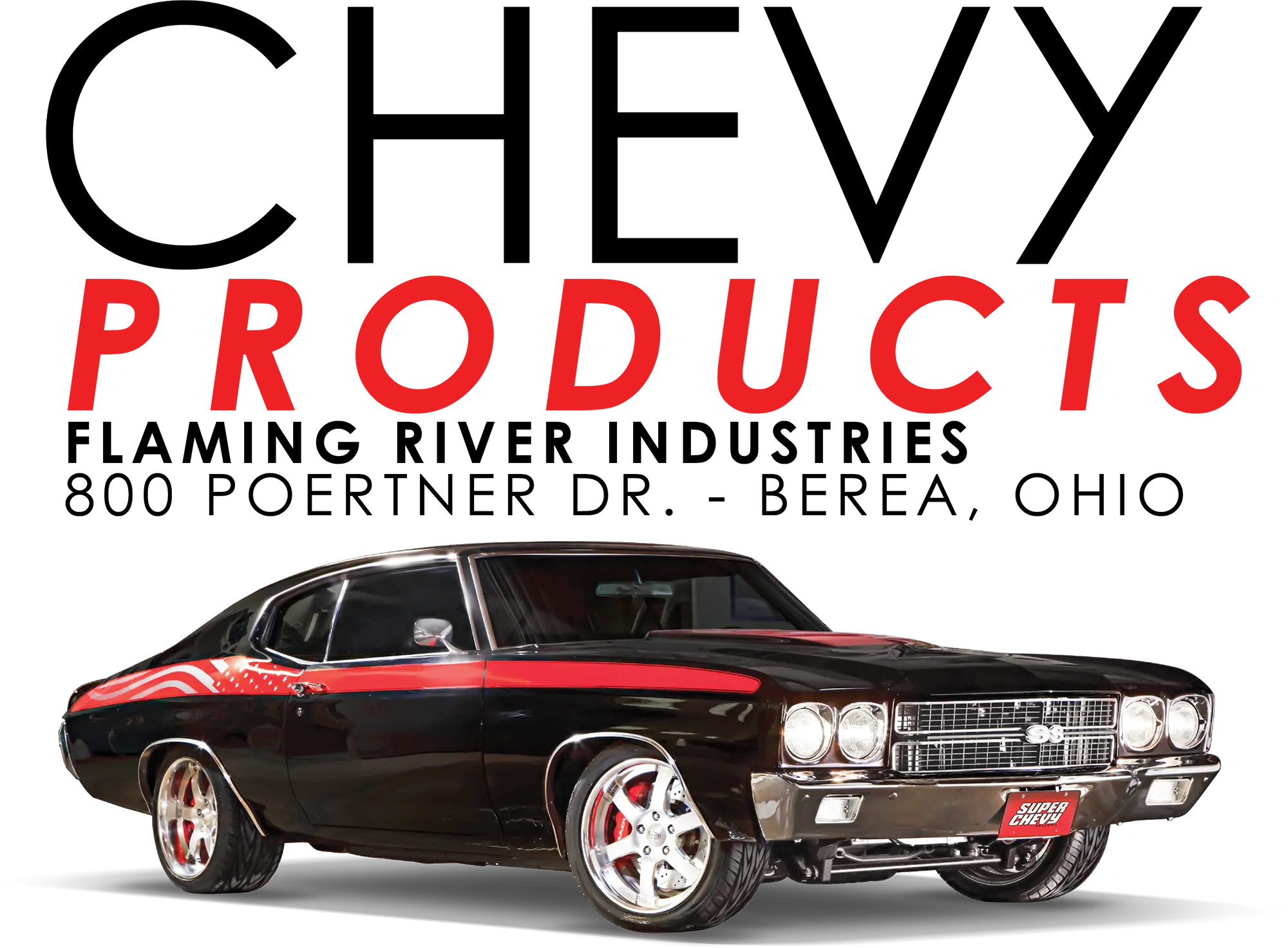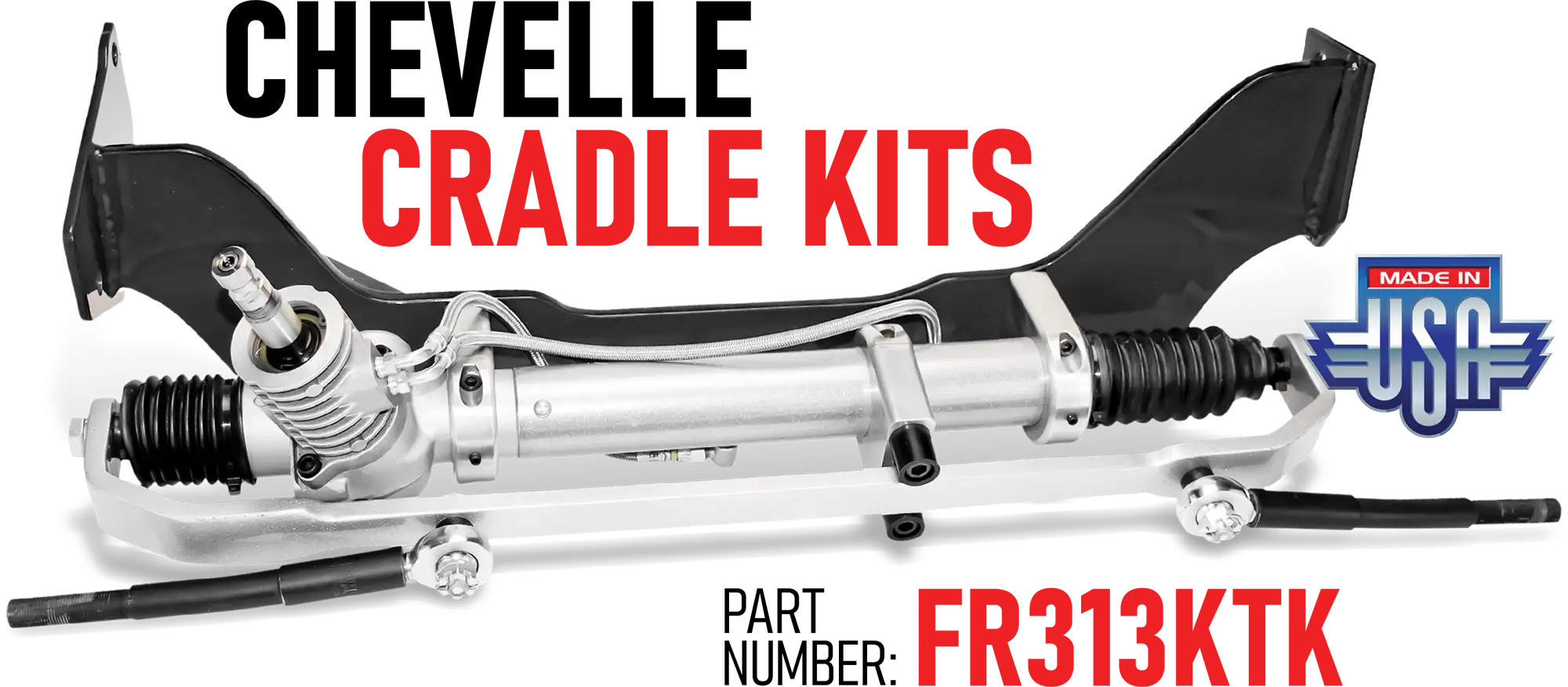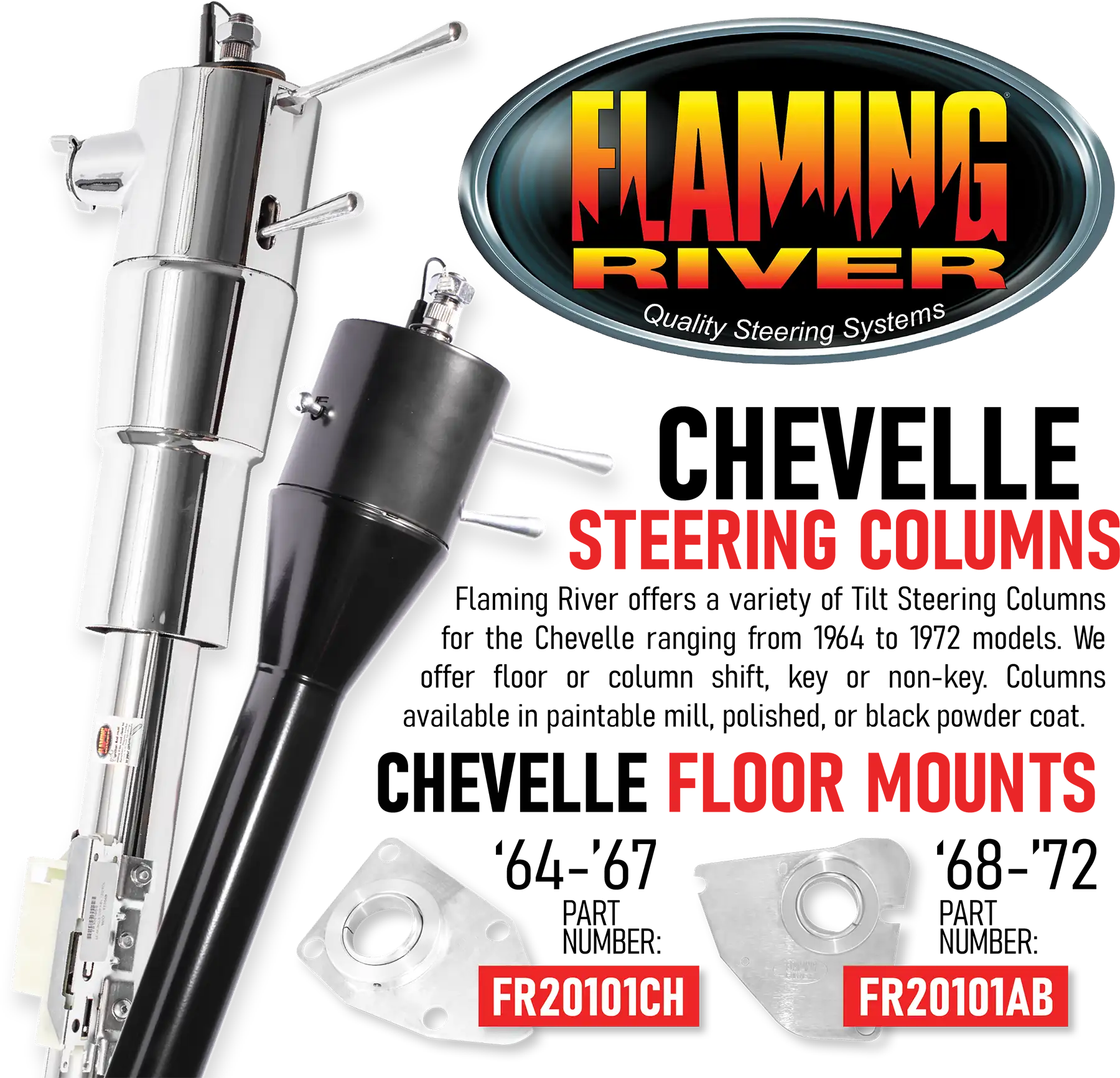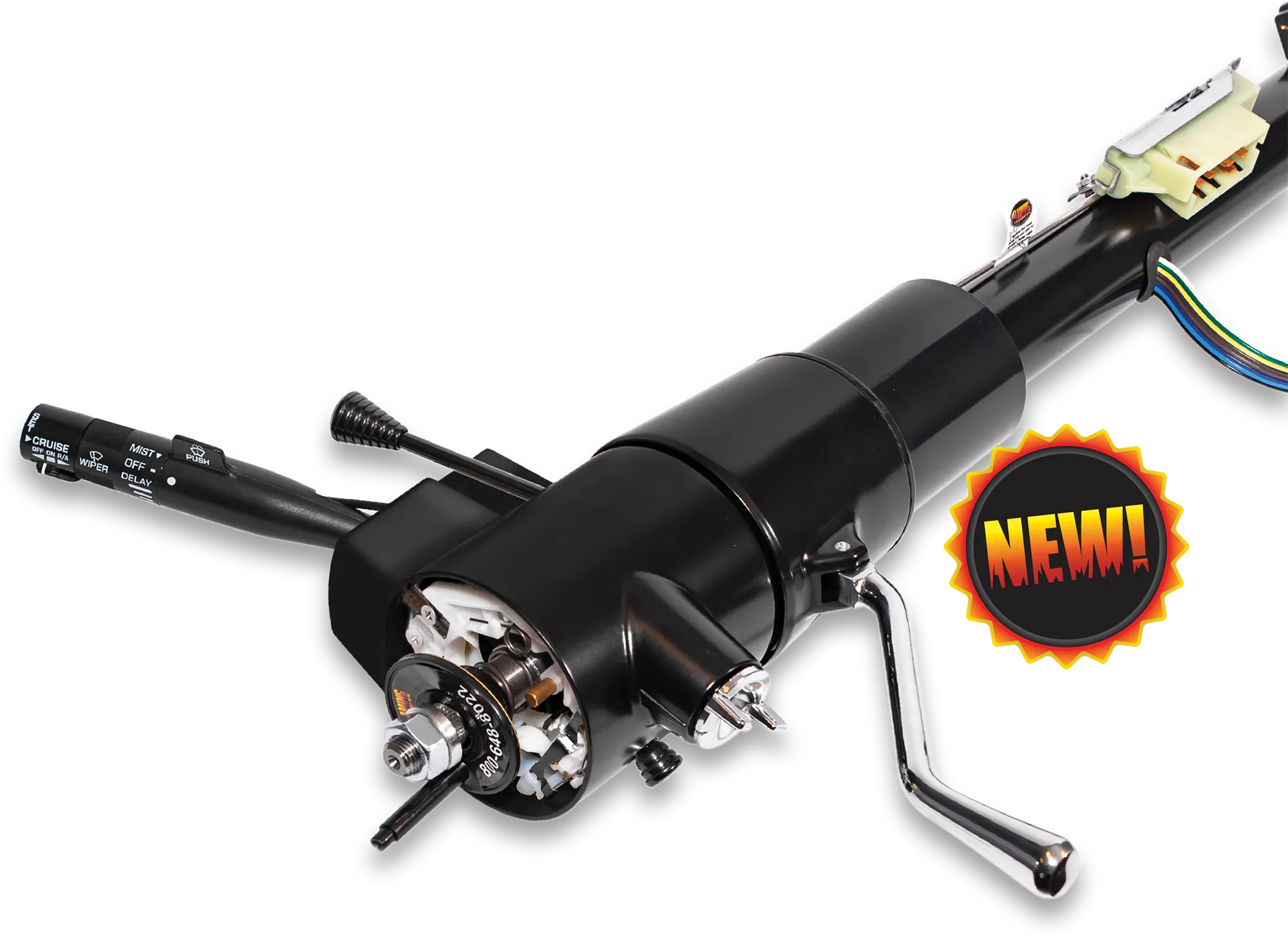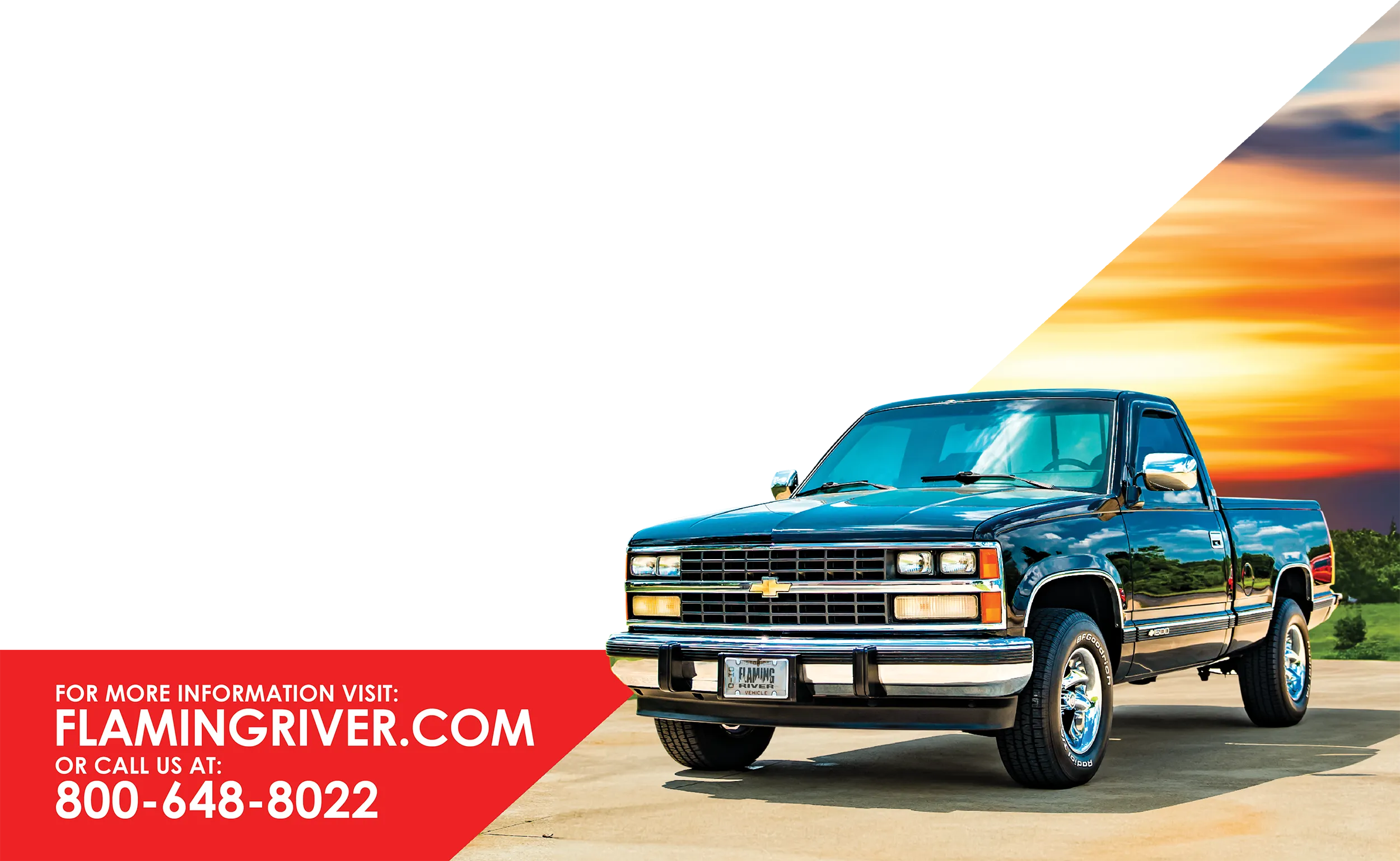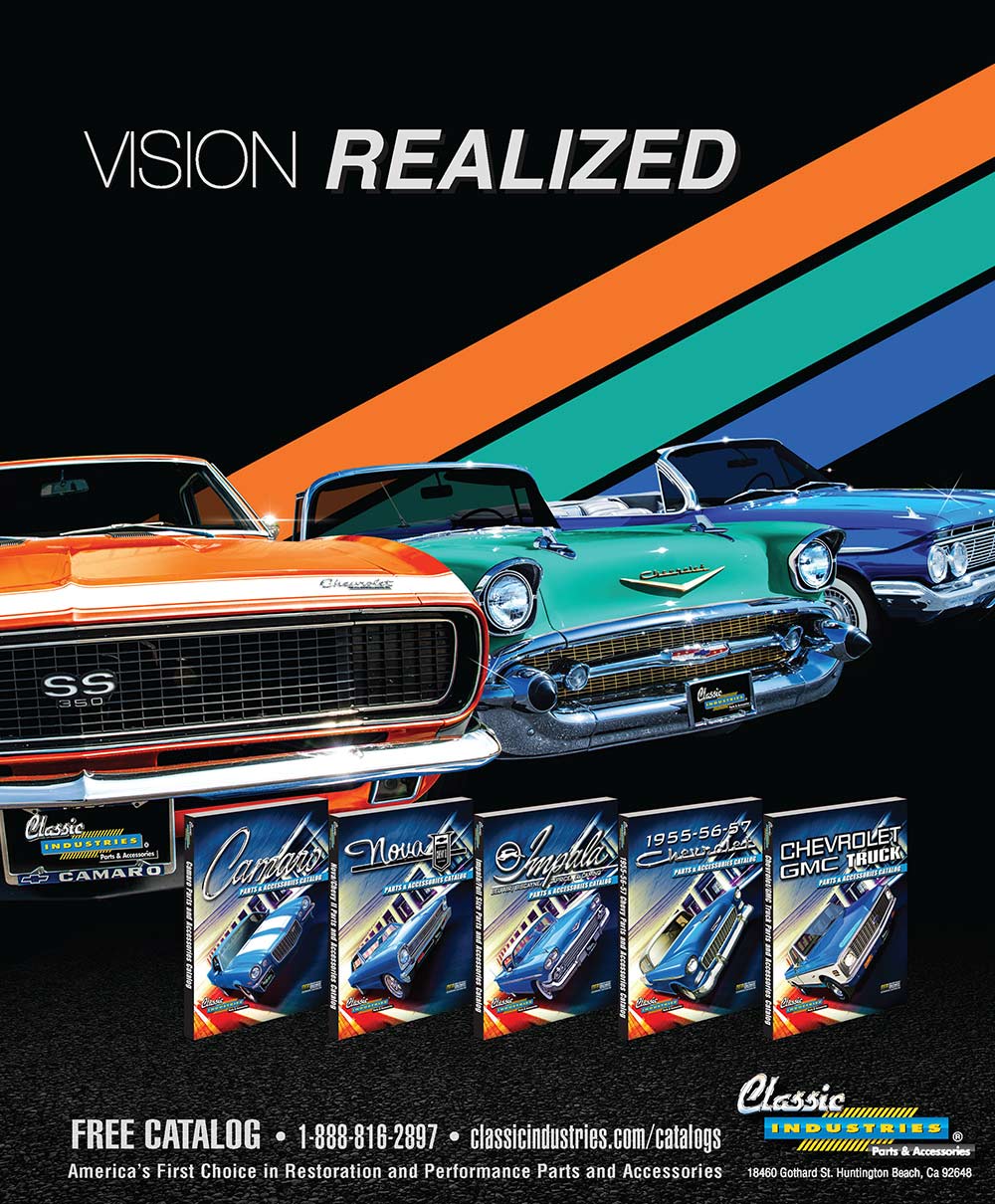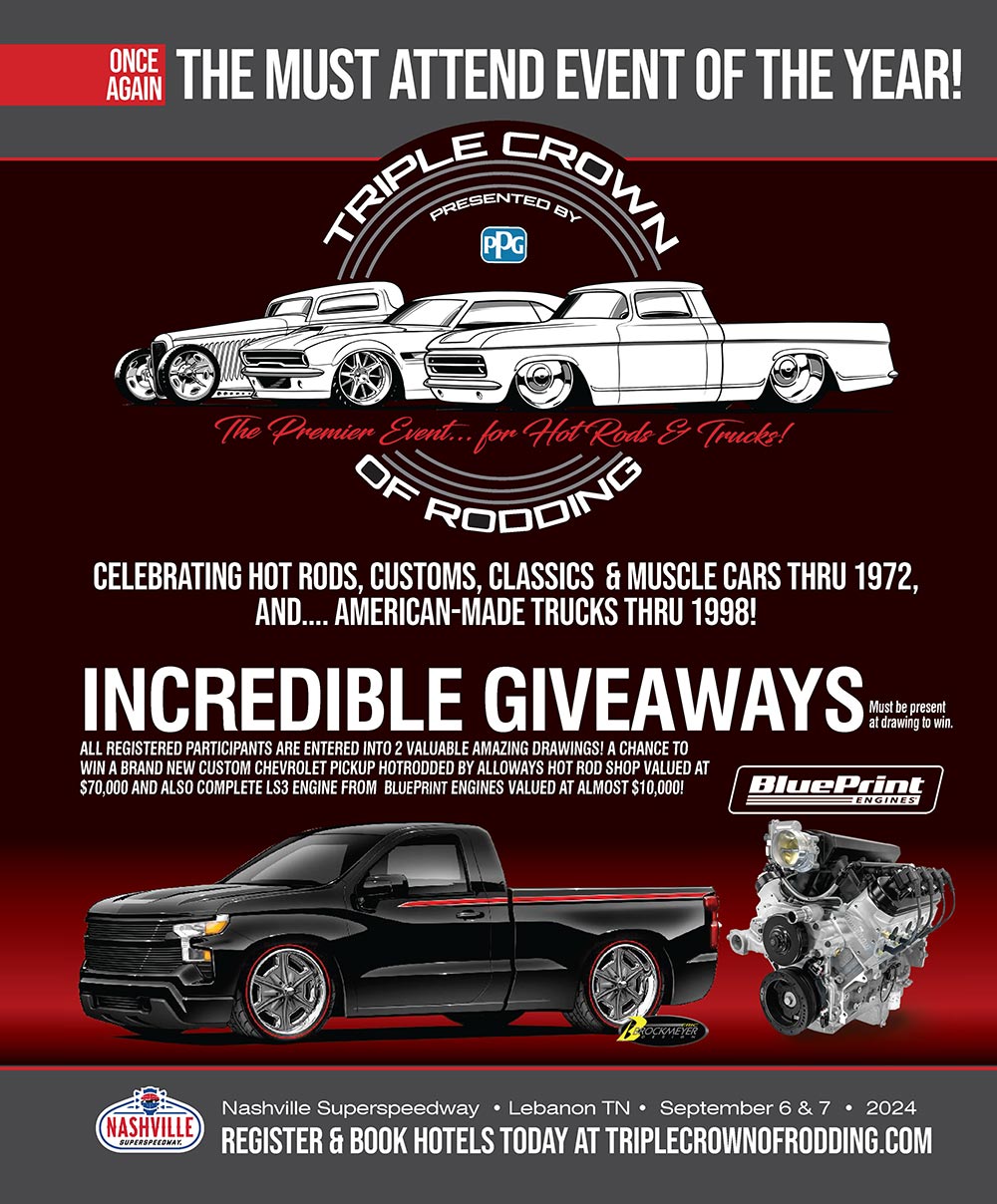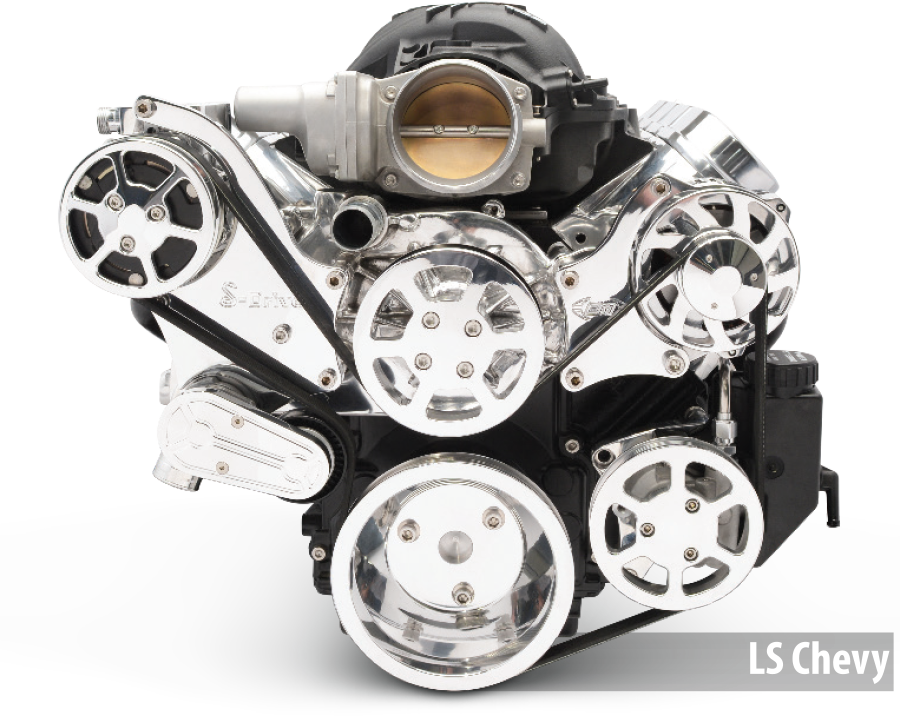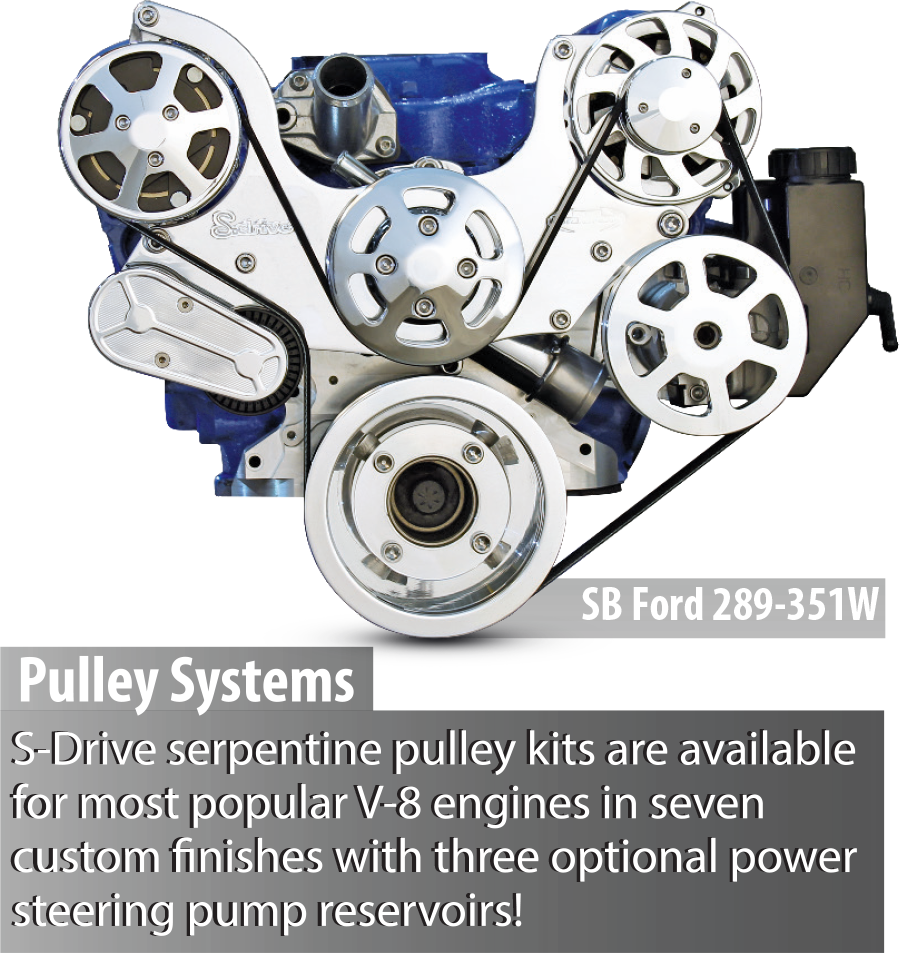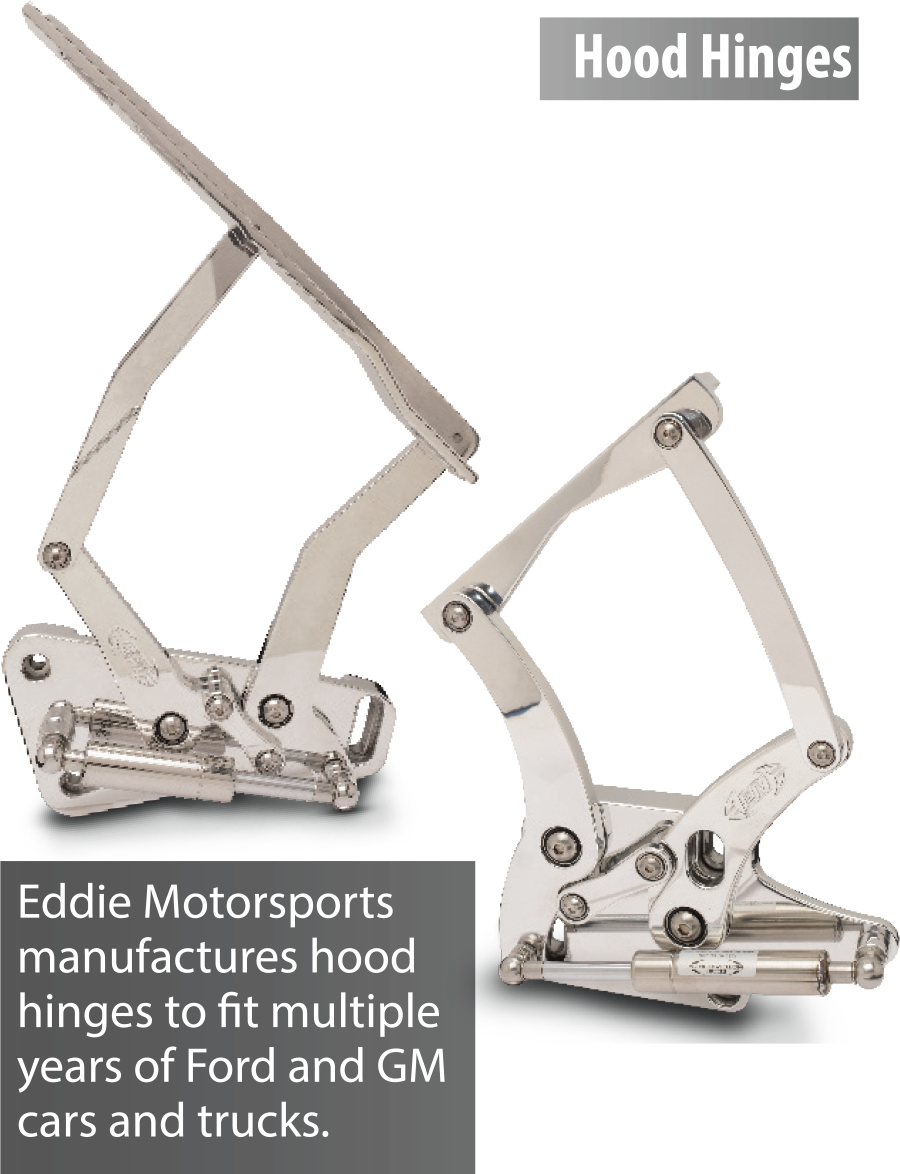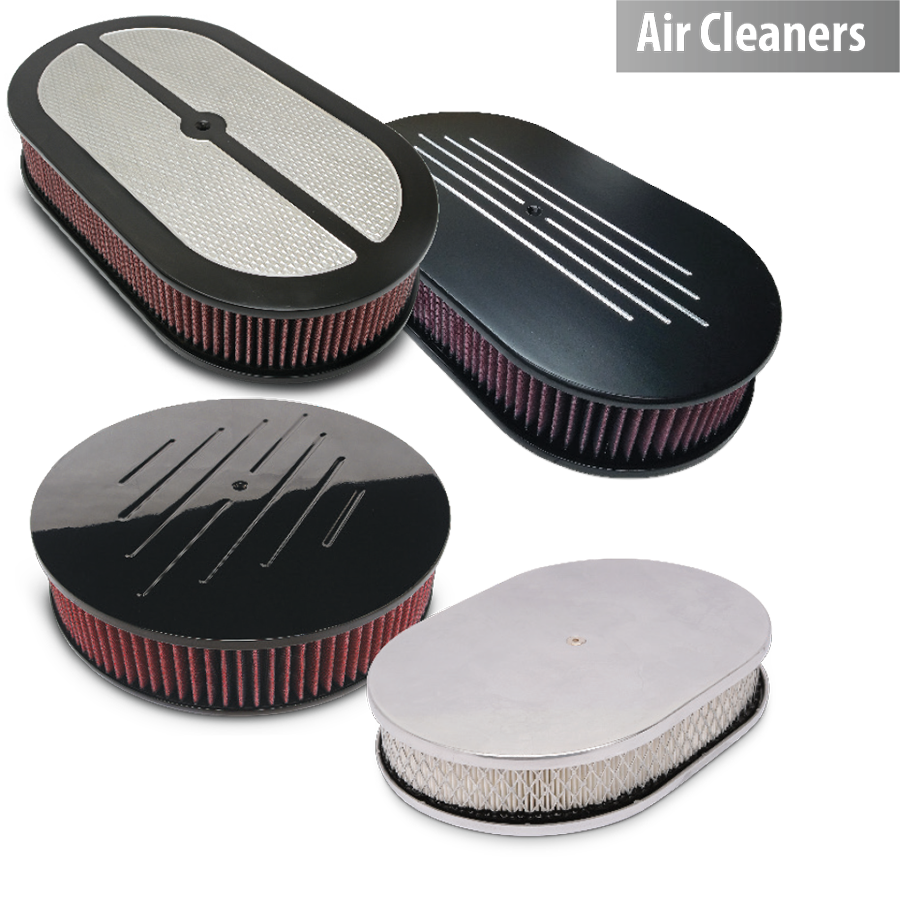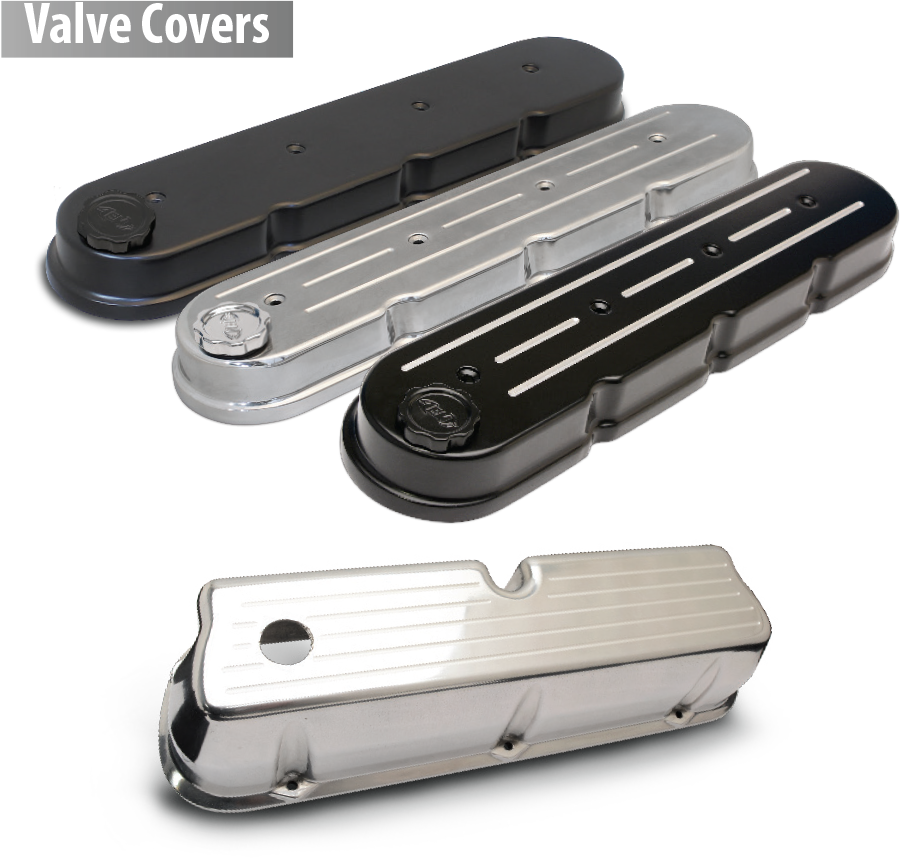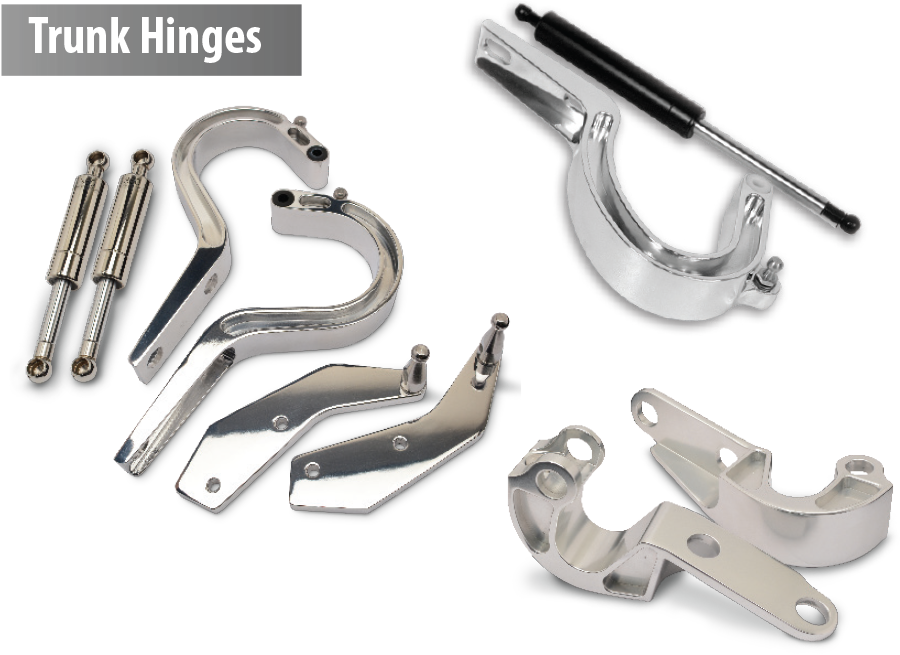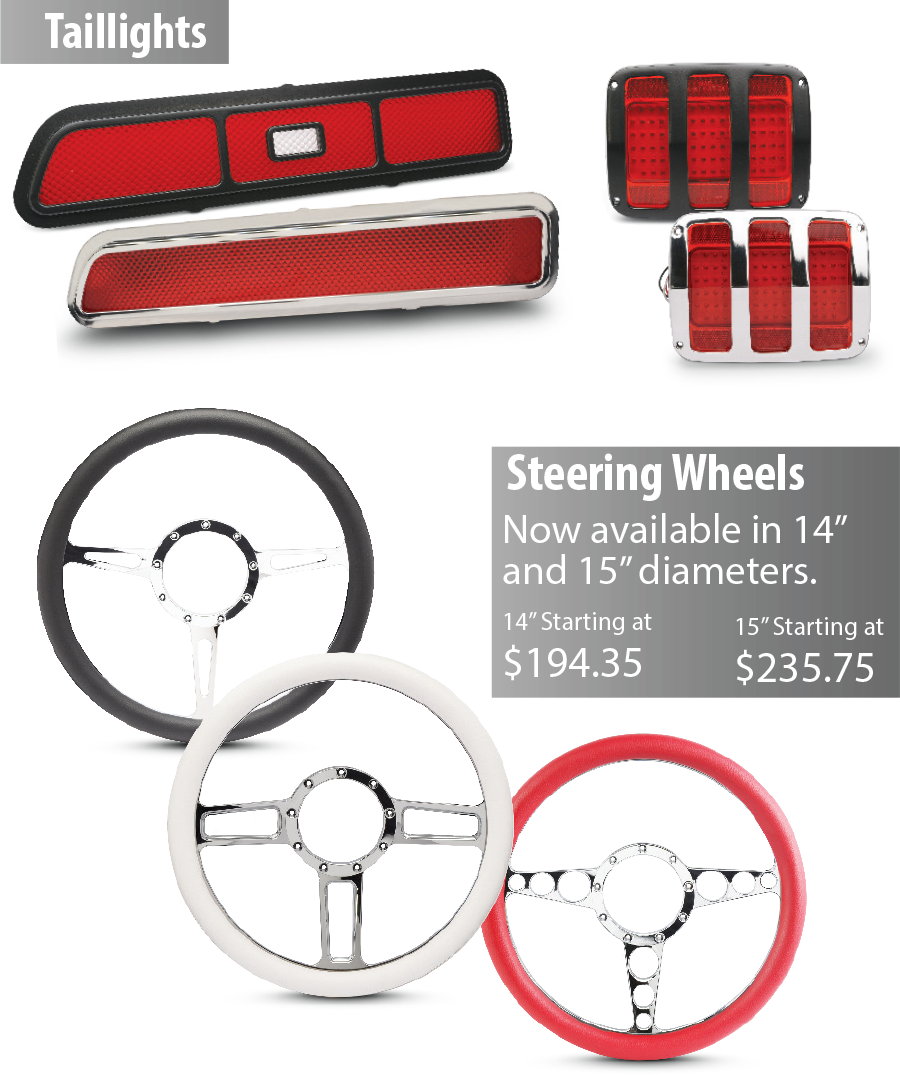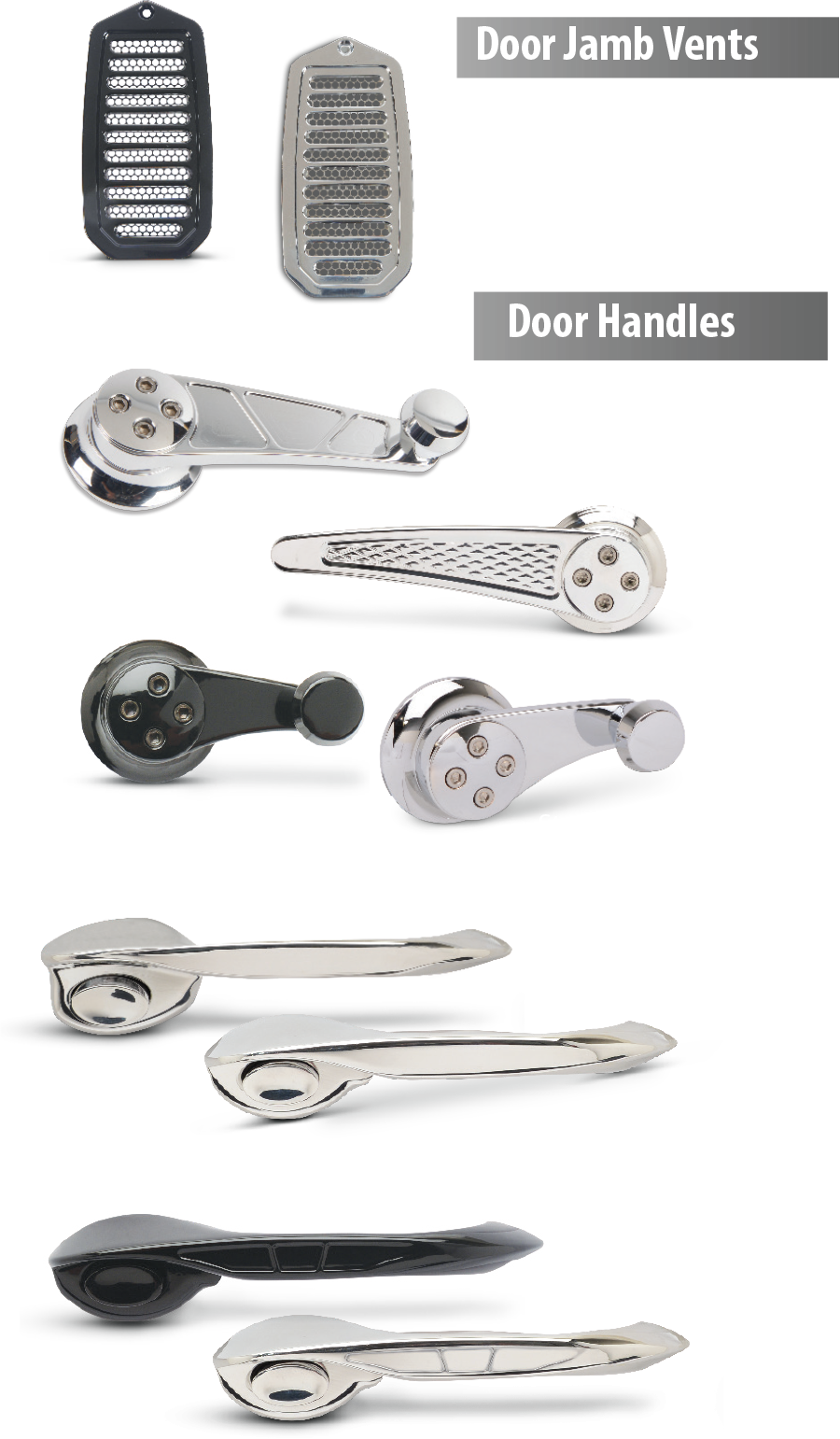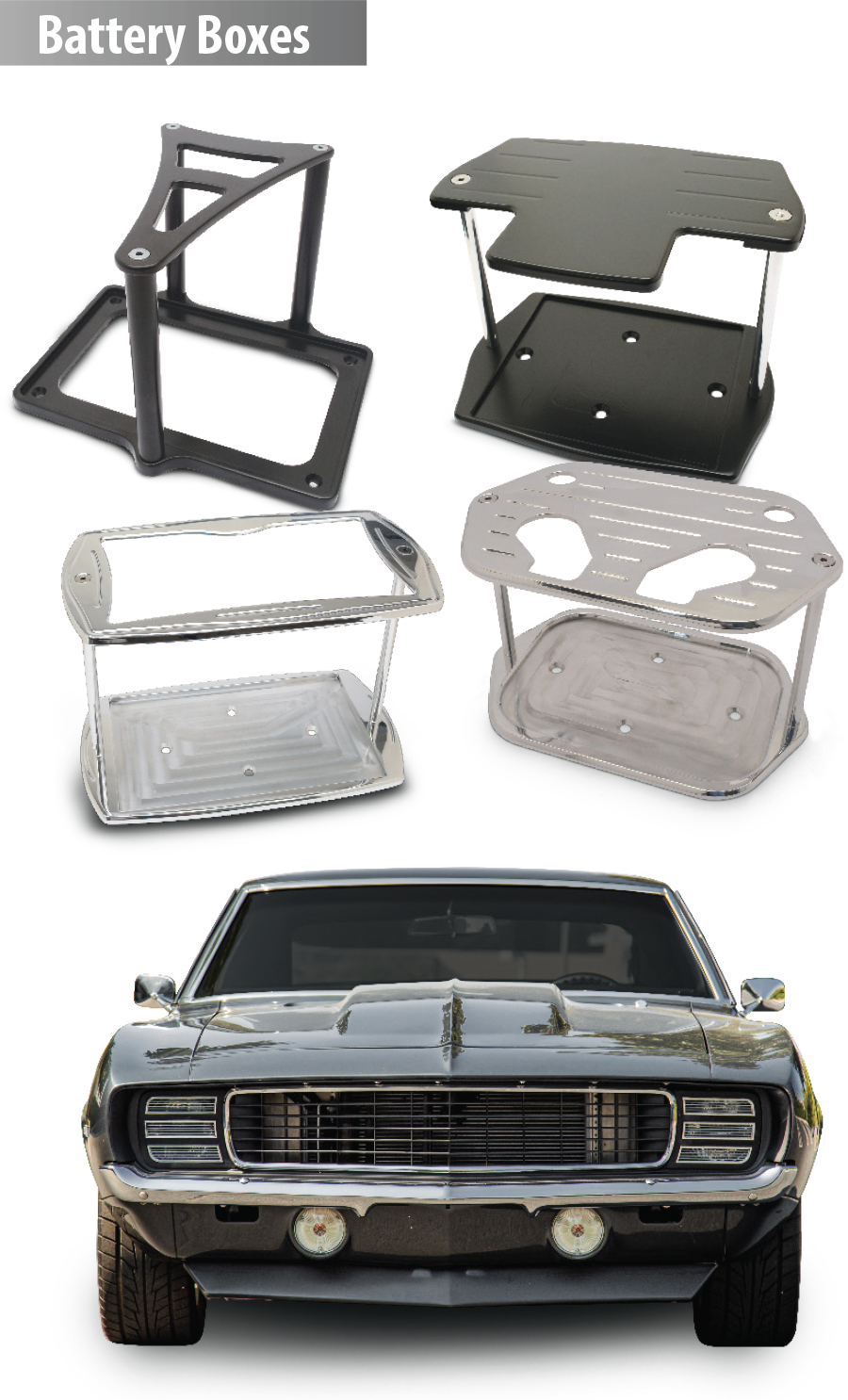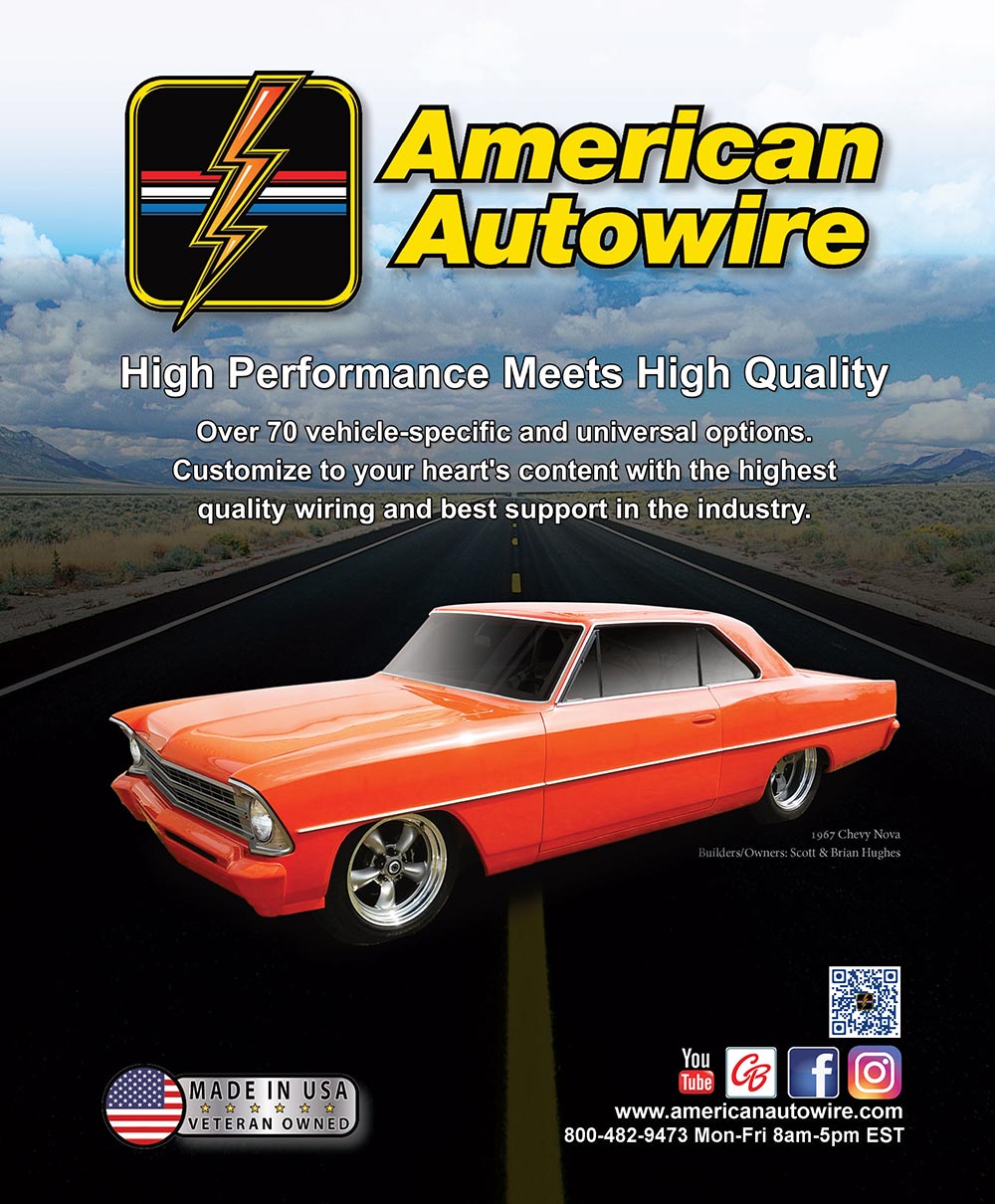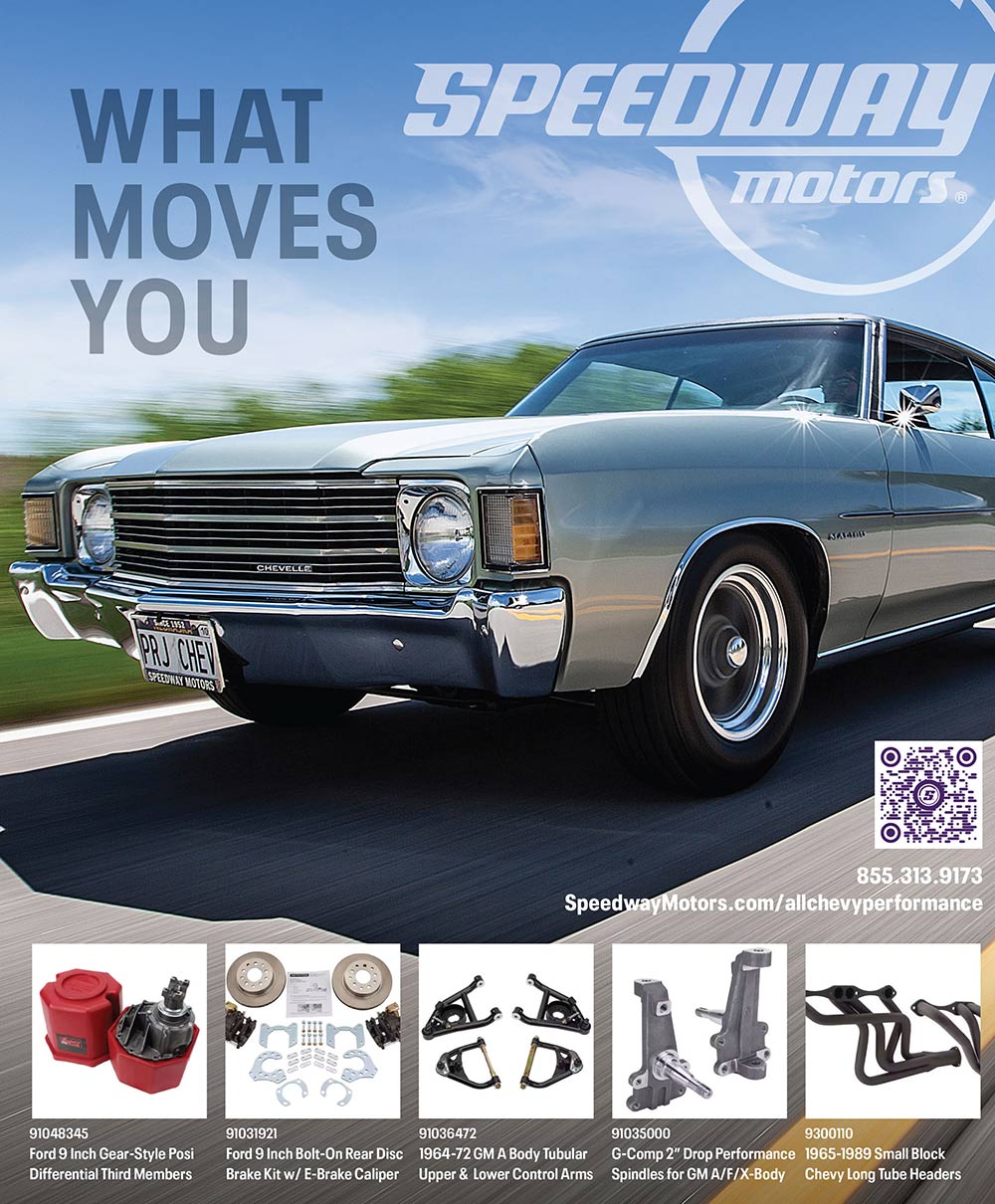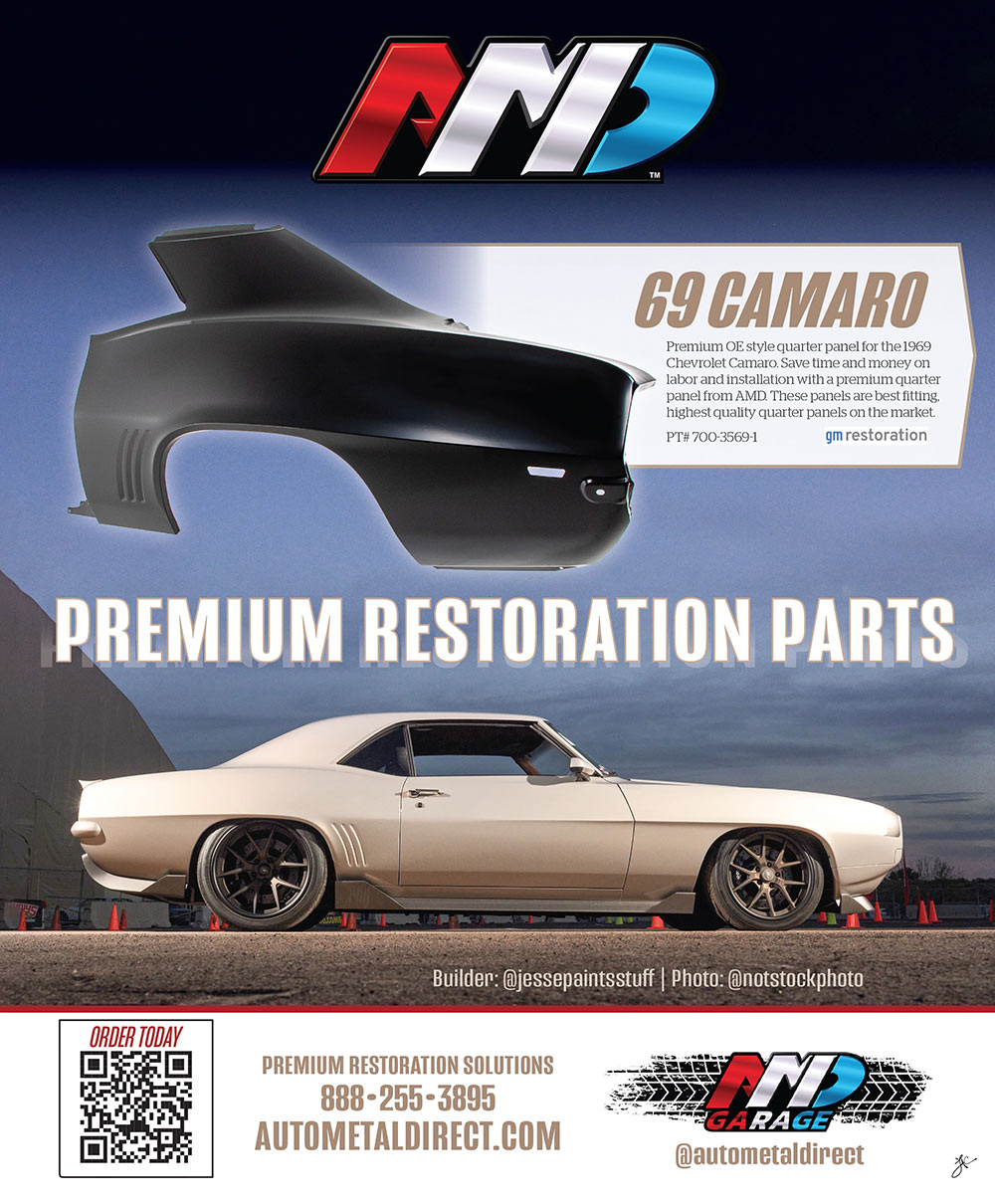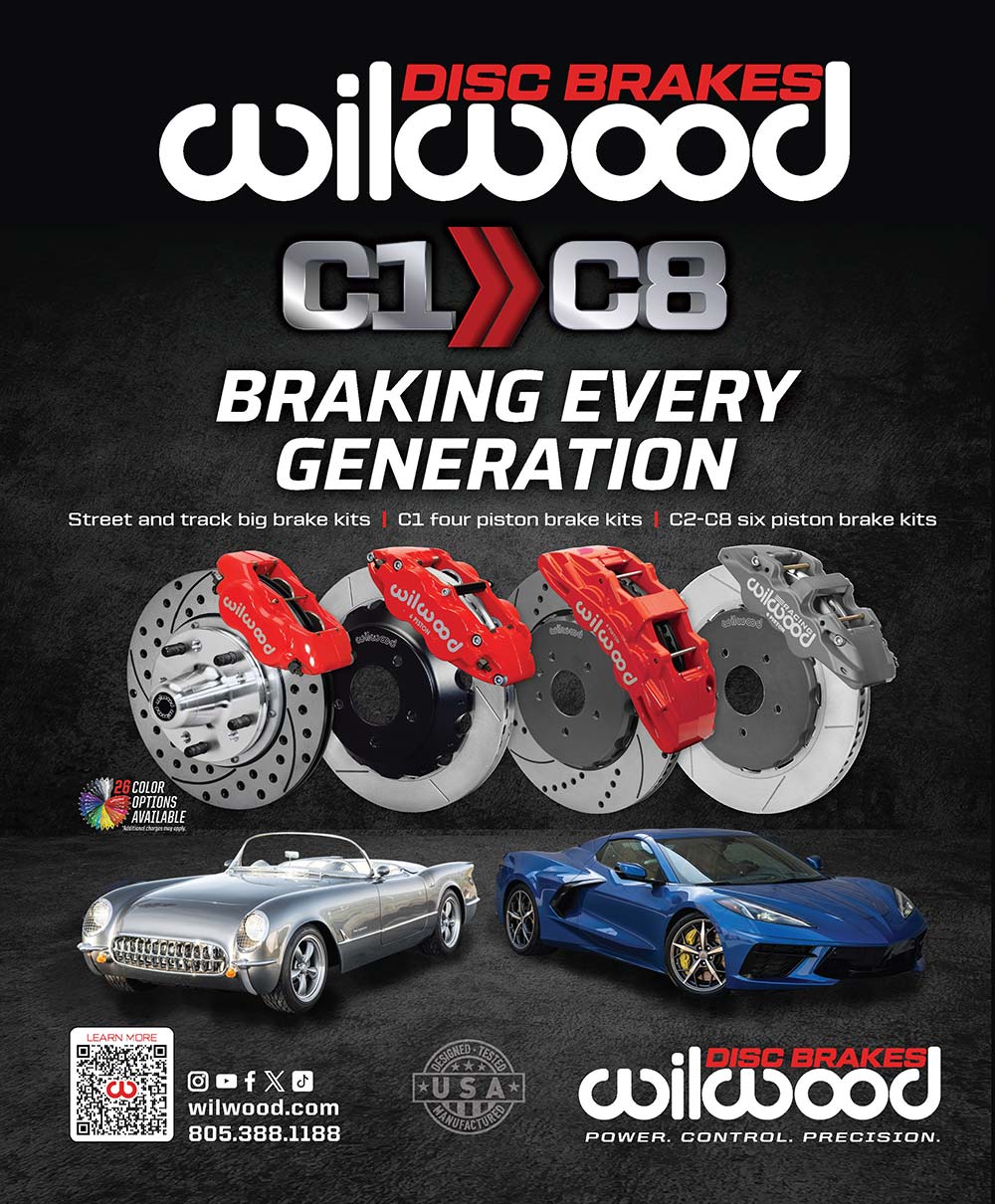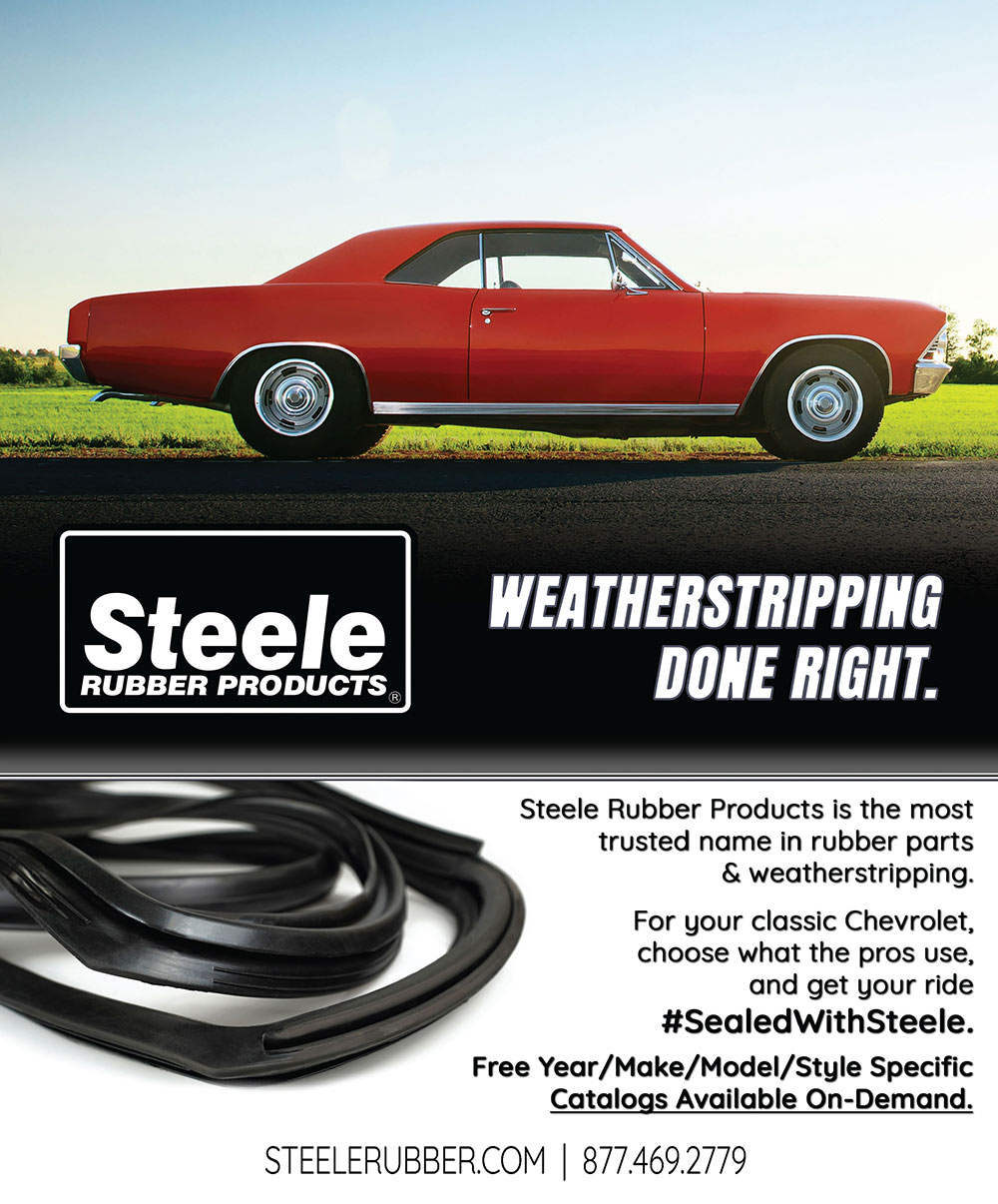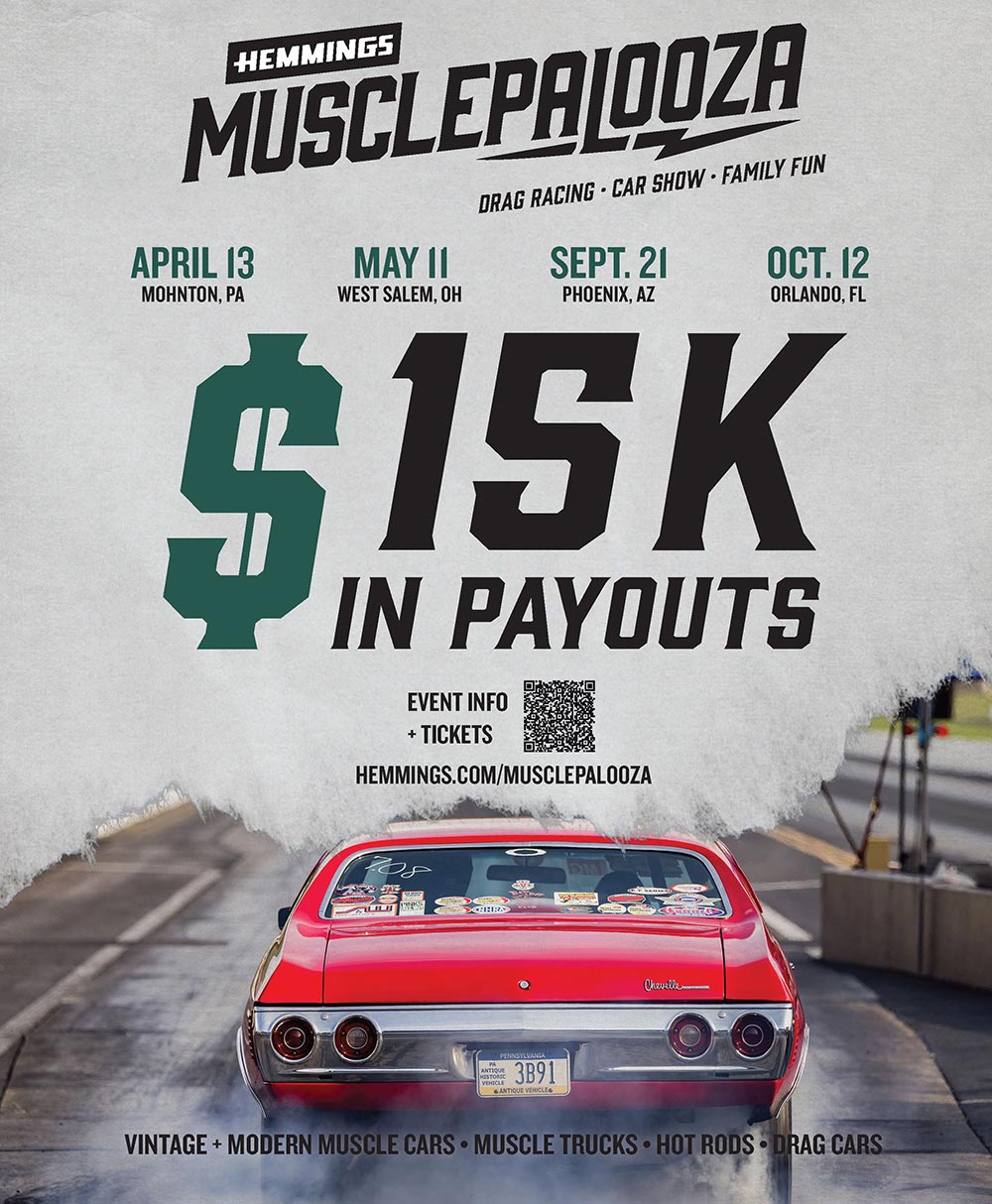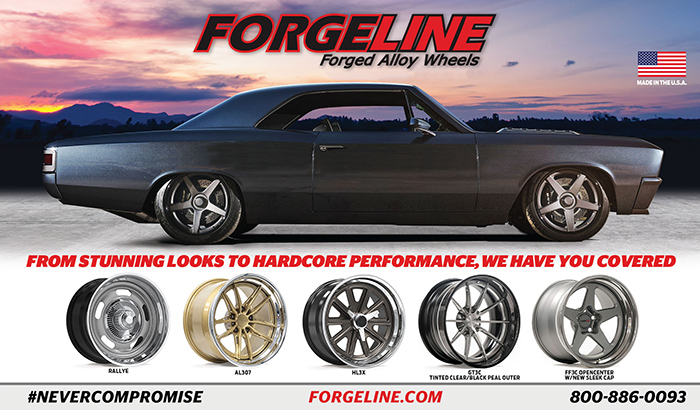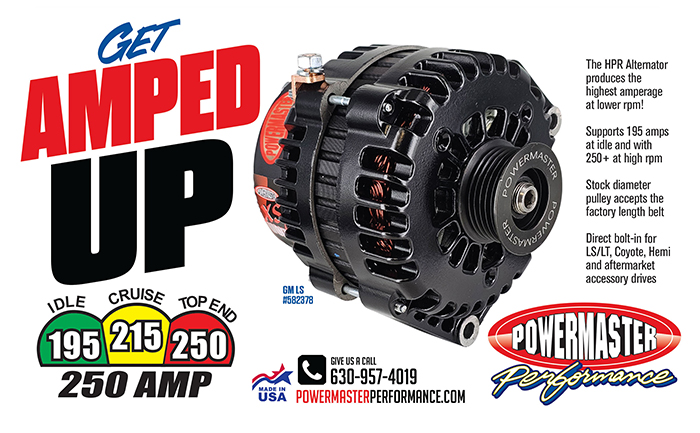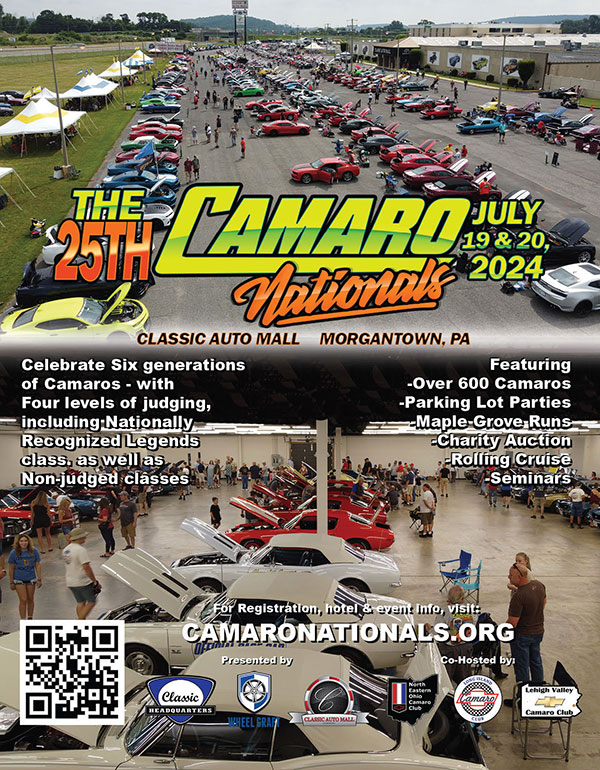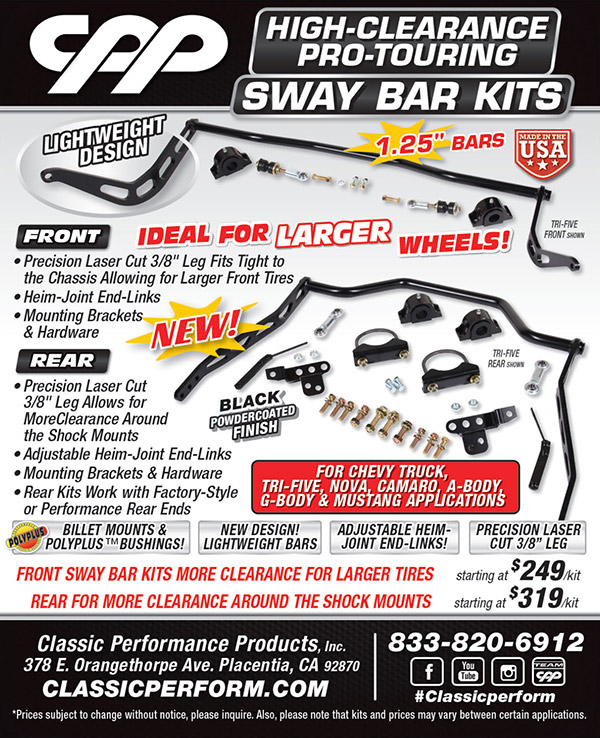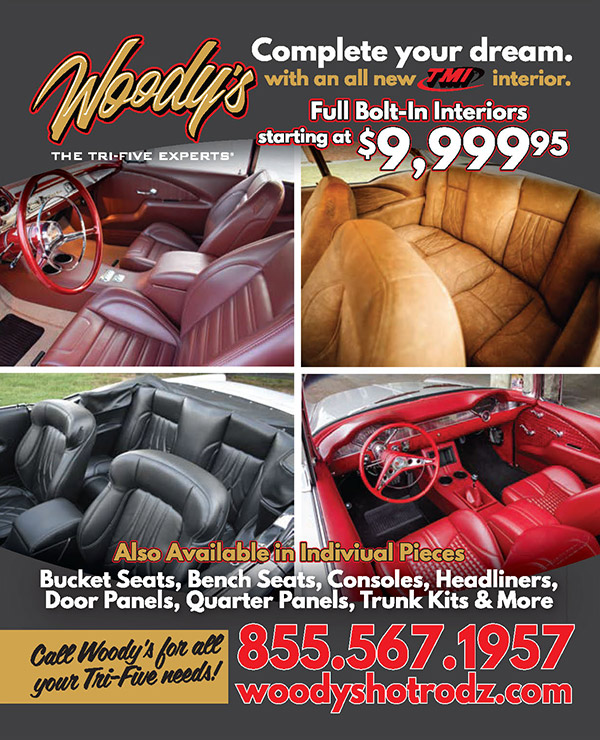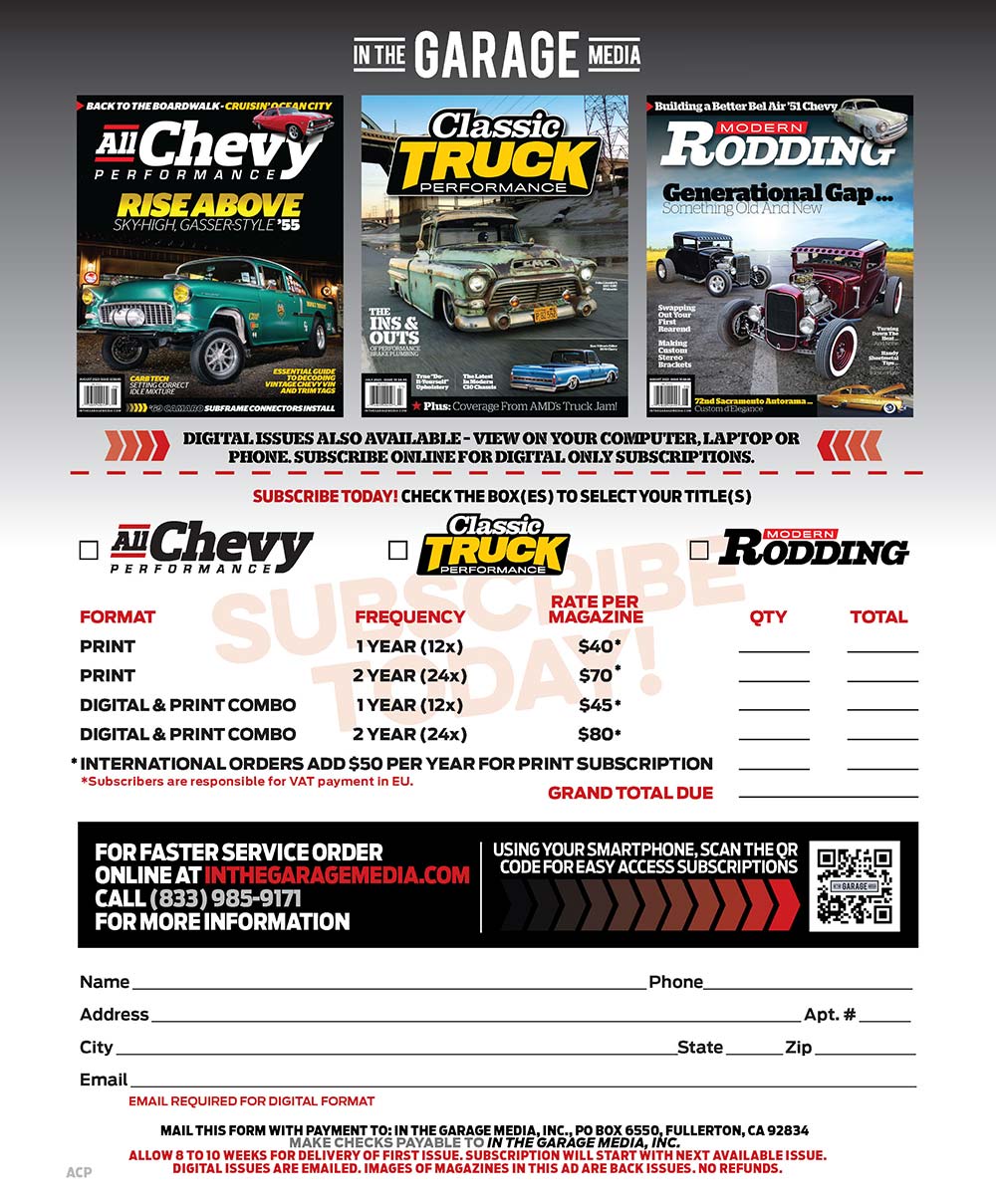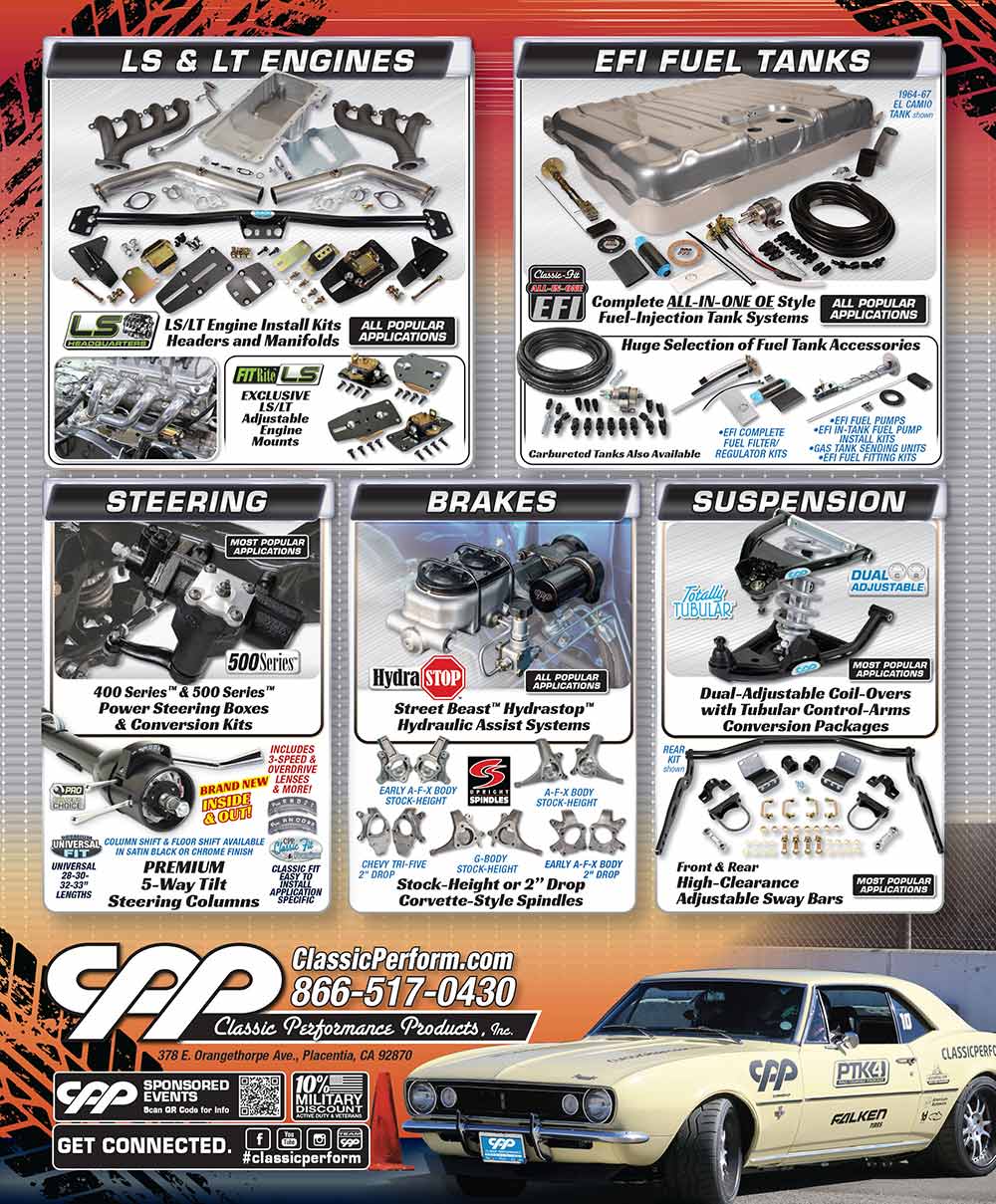 TOC
TOC

Speed Shop Collaboration

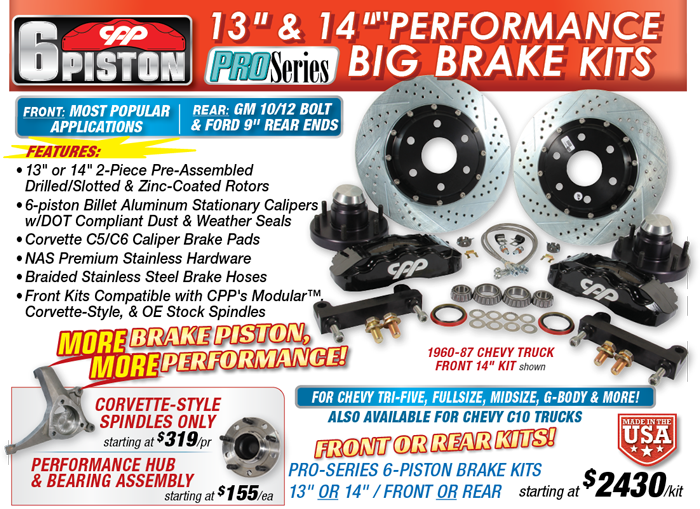
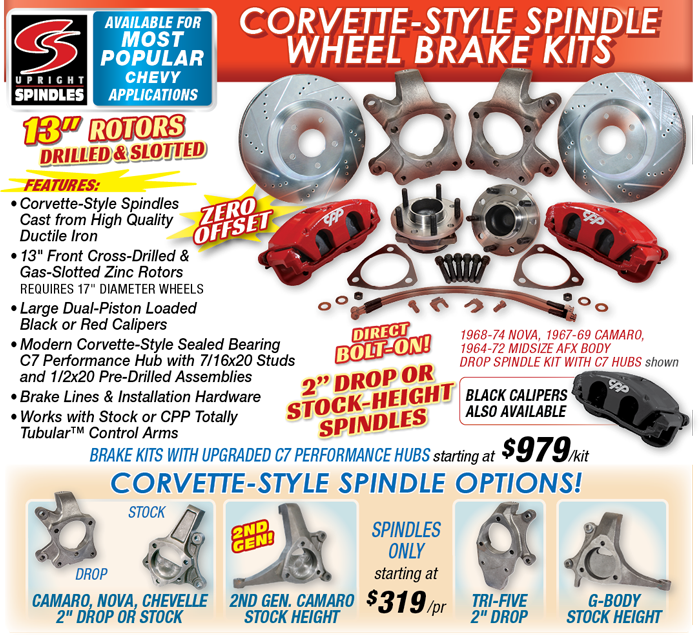
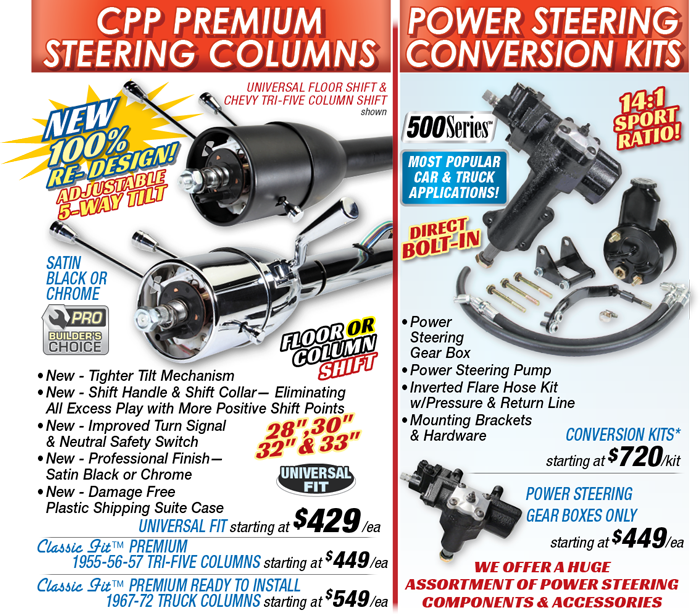
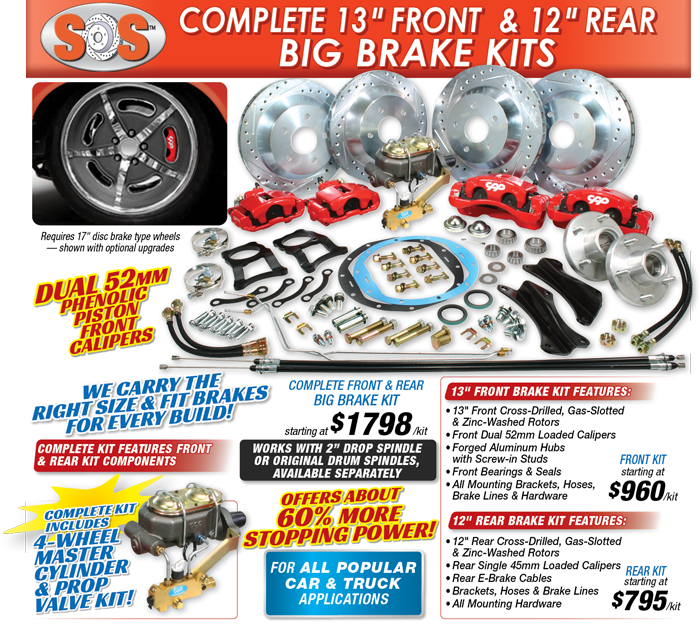
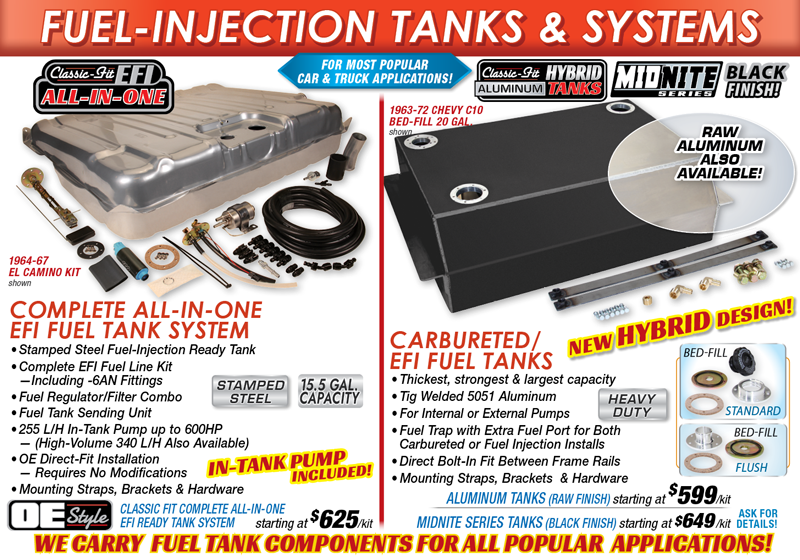

378 E. Orangethorpe Ave. Placentia, California 92870
#ClassicPerform

Wes Allison, “Rotten” Rodney Bauman, Shawn Brereton, Tommy Lee Byrd, Ron Ceridono, Grant Cox, John Gilbert, Tavis Highlander, Jeff Huneycutt, Barry Kluczyk, Scotty Lachenauer, Jason Lubken, John Machaqueiro, Ryan Manson, Jason Matthew, Josh Mishler, NotStock Photography, Todd Ryden, Jason Scudellari, Jeff Smith, Tim Sutton, Wes Taylor, and Chuck Vranas – Writers and Photographers
Travis Weeks Advertising Sales Manager
Mark Dewey National Sales Manager
Patrick Walsh Sales Representative
ads@inthegaragemedia.com
AllChevyPerformance.com
ClassicTruckPerformance.com
ModernRodding.com
InTheGarageMedia.com
inthegaragemedia.com “Online Store”
For bulk back issues of 10 copies or more, contact store@inthegaragemedia.com
info@inthegaragemedia.com
Editorial contributions are welcomed but editors recommend that contributors query first. Contribution inquiries should first be emailed to info@inthegaragemedia.com. Do not mail via USPS as we assume no responsibility for loss or damage thereto. IN THE GARAGE MEDIA, INC. reserves the right to use material at its discretion, and we reserve the right to edit material to meet our requirements. Upon publication, payment will be made at our current rate, and that said, payment will cover author’s and contributor’s rights of the contribution. Contributors’ act of emailing contribution shall constitute and express warranty that material is original and no infringement on the rights of others.

Copyright (c) 2024 IN THE GARAGE MEDIA, INC.
PRINTED IN U.S.A.

 firing up
firing up
 BY NICK LICATA
BY NICK LICATA

ne of the things I like about the muscle car hobby, and especially the Chevy market, is the massive amount of parts available that help contribute to the diversity in which our cars can be built. From Pro Street to Pro Touring and everything in between, the aftermarket provides virtually limitless possibilities to help spice up your ride exactly to your taste—and the flexibility to change directions mid-build adds another layer of versatility.
Back in the ’70s many of us started off with the family hand-me-down, which in many cases was a station wagon or a fullsize car; not always our first choice but it was likely free or gotten for cheap. Aftermarket parts were relatively limited at the time, so enhancing the car’s appearance typically began with a set of aftermarket, wider-than-stock wheels and tires to improve on the car’s family hauler vibe. We had to then jack up the rearend high enough to give it a cool rake, emulating the look of cars on the dragstrip while also preventing the fenders from grinding off the white letters of those 60-series Firestone Super Sport tires. With that done, the next issue was trying to remove the stench of that egg salad sandwich lingering in the original seat foam since seventh grade. Good times.
Today it’s not uncommon to special order a custom-sized rearend from the many performance rearend companies in the industry followed up with a set of custom offset wheels, then welding in mini-tubs to get those massively wide tires and wheels to fit within the fenders. Back in the ’70s only the hard-core drag racers had access to build shortened rearends. Very few Saturday night street racers had the means or the funds for such fabrication antics. Another option was cutting the fenders and incorporating fender flares. Those were hit and miss. If not performed by a reputable fabrication shop, chances are they came out looking totally crude and didn’t last long.
 PARTS BIN
PARTS BIN
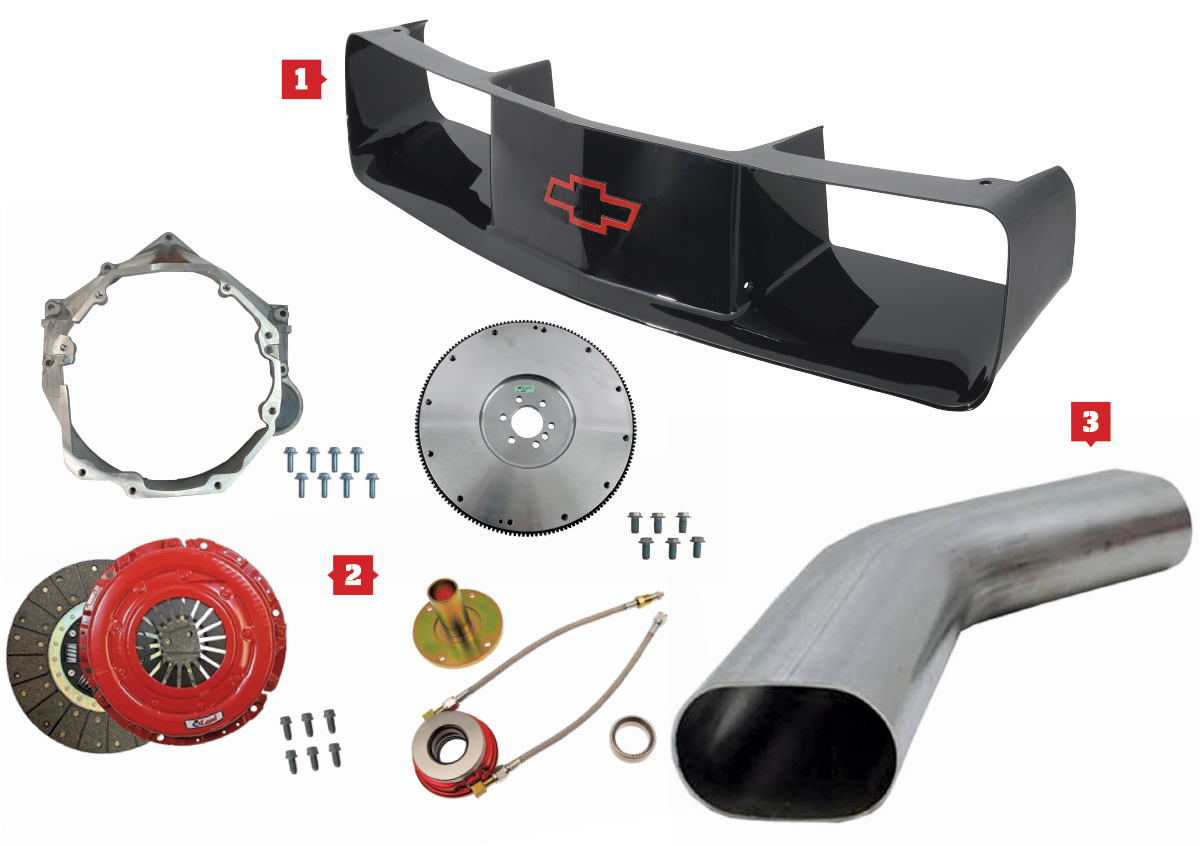

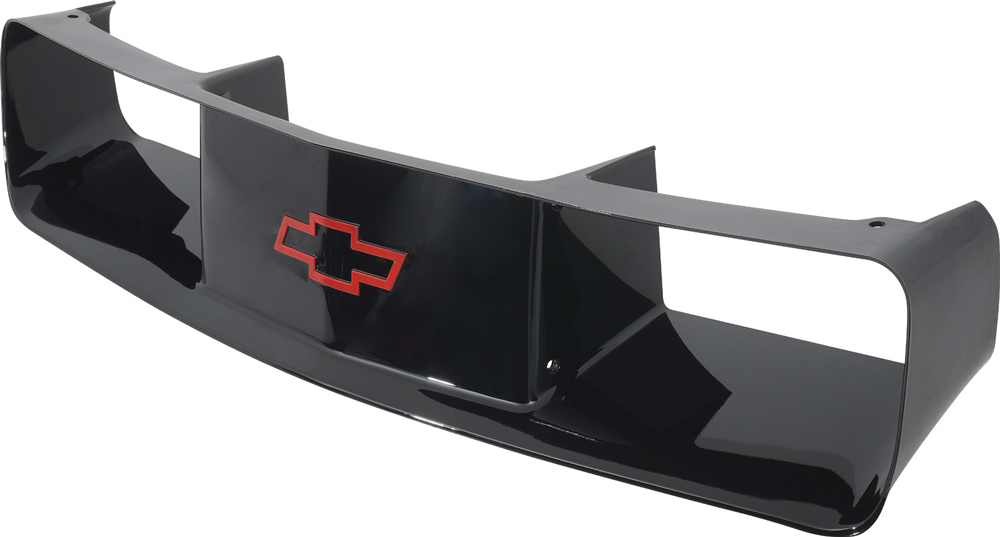
1. Camaro Grille
 CHEVY CONCEPTS
CHEVY CONCEPTSInTheGarageMedia.com

ne of the great parts of the 2024 Grand National Roadster Show was an entire building dedicated to street machines. Iconic examples of Pro Street, Pro Touring, and other performance-oriented build themes were on display. Seeing so many Pro Street cars together was a real head-turner for me. It was a spectacle for sure.
Although not a full-on Pro Street machine, this ’64 El Camino project blends a few genres together. A modern twin-turbo LS fits cleanly underneath a stock flat hood to add an element of stealth to the car’s overall appearance. On the exterior everything is blacked out, including the 15-inch Weld wheels. Skinnies in the front, big meats in the back. A nice rake and a hunkered down stance complete the simple but sinister look.
 FEATURE
FEATURE
 Images by THE AUTHOR
Images by THE AUTHORvery now and then we are all left dumbfounded by the first impression of a car. This ’69 Camaro built by Finale Speed in Yukon, Oklahoma, is definitely one of those cars. From a distance, it obviously boasts the form of a well-built custom vehicle but there is so much more to explore. Its menacing, dusky appearance starts at ground level with the luxury wheels and up to its monochromatic body color, but upon closer inspection, one will notice that the car’s graphite-toned hue isn’t what it appears to be from afar. Every single body panel is pure carbon fiber—some panels are even double sided! It’s kind of mind blowing to let that fully sink in while admiring this car, but it is in fact the world’s first exposed-weave, carbon-fiber ’69 Camaro. This is a big feat on multiple levels but the shaving of roughly 750 pounds off a factory-spec model is surely the most impressive.
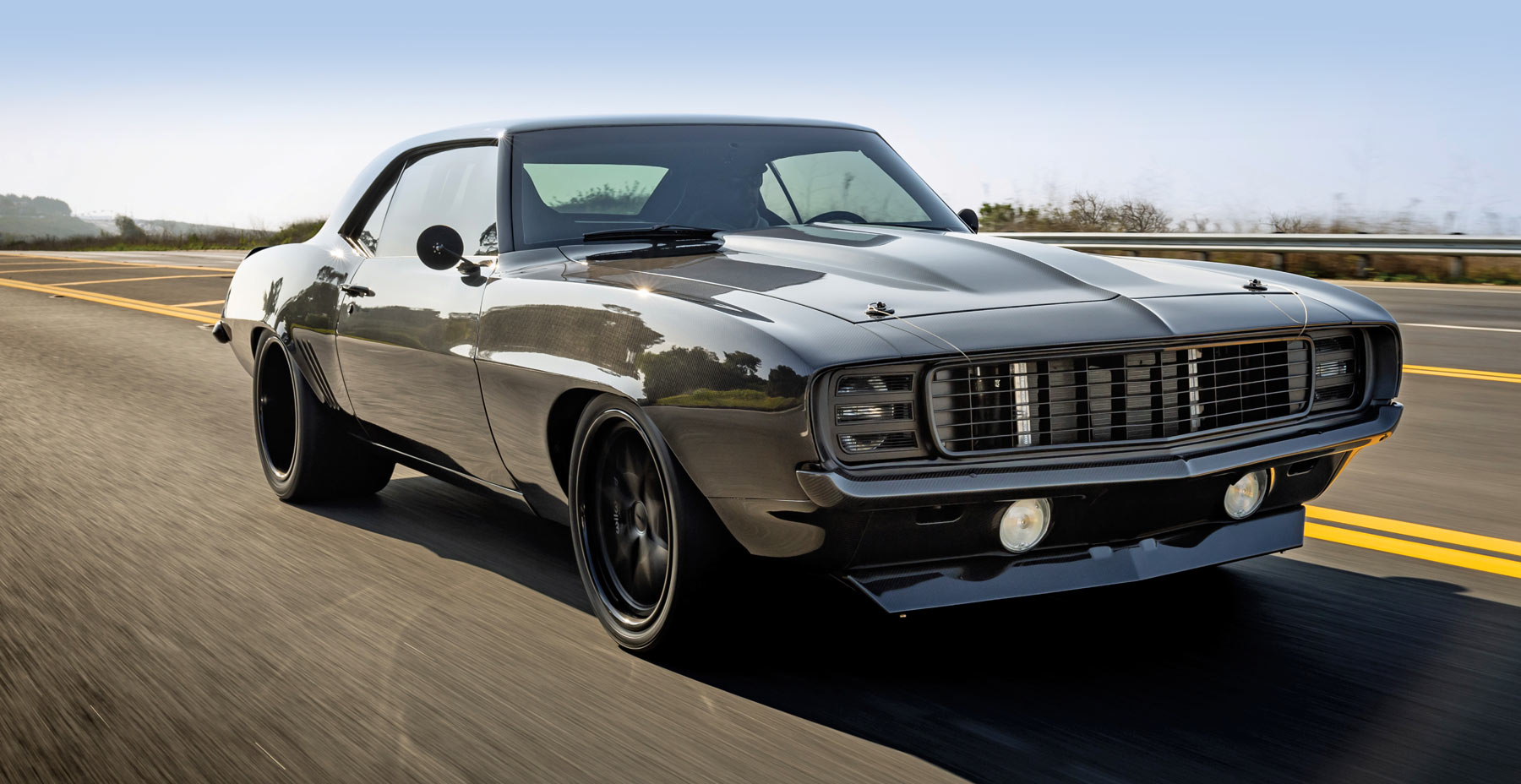
 TECH
TECH
 Images Courtesy of Lisa Jones & Chadly Johnson
Images Courtesy of Lisa Jones & Chadly Johnsonome of General Motors’ truly spectacular cars were built from 1964-72 on what was called the A-body platform. Over the years there has been some confusion about the A-body designation as it had been used by GM as far back as 1926 to distinguish between the various chassis dimensions being built for the variety of brands produced. The alphabet soup basically continued into the ’60s indicating the size of the car: “A” representing most Chevrolets and Pontiacs, “B” Buicks and Oldsmobiles, “C” Series 60 Cadillacs and Buick Roadmasters, and “D” Cadillac Series 75.
Beginning in 1964 the A-body designation was used to identify intermediate-size cars that included versions of the Chevrolet Chevelle, Pontiac Tempest, Oldsmobile Cutlass, and Buick Skylark. Interestingly, GM had a corporate policy that limited engine displacement for these cars to 330 ci. However, the brain trust at Pontiac decided to stuff 389ci V-8s into the LeMans and created the GTO package as an option. The resultant sales caused the GM management to see dollar signs, so they bumped the cubic inch limit to 400 for 1965. By 1970 the cubic inch restriction was removed, giving rise to some of the most impressive muscle cars ever produced.
 Feature
Feature
 Images by Wes Allison
Images by Wes Allison
 TECH
TECH
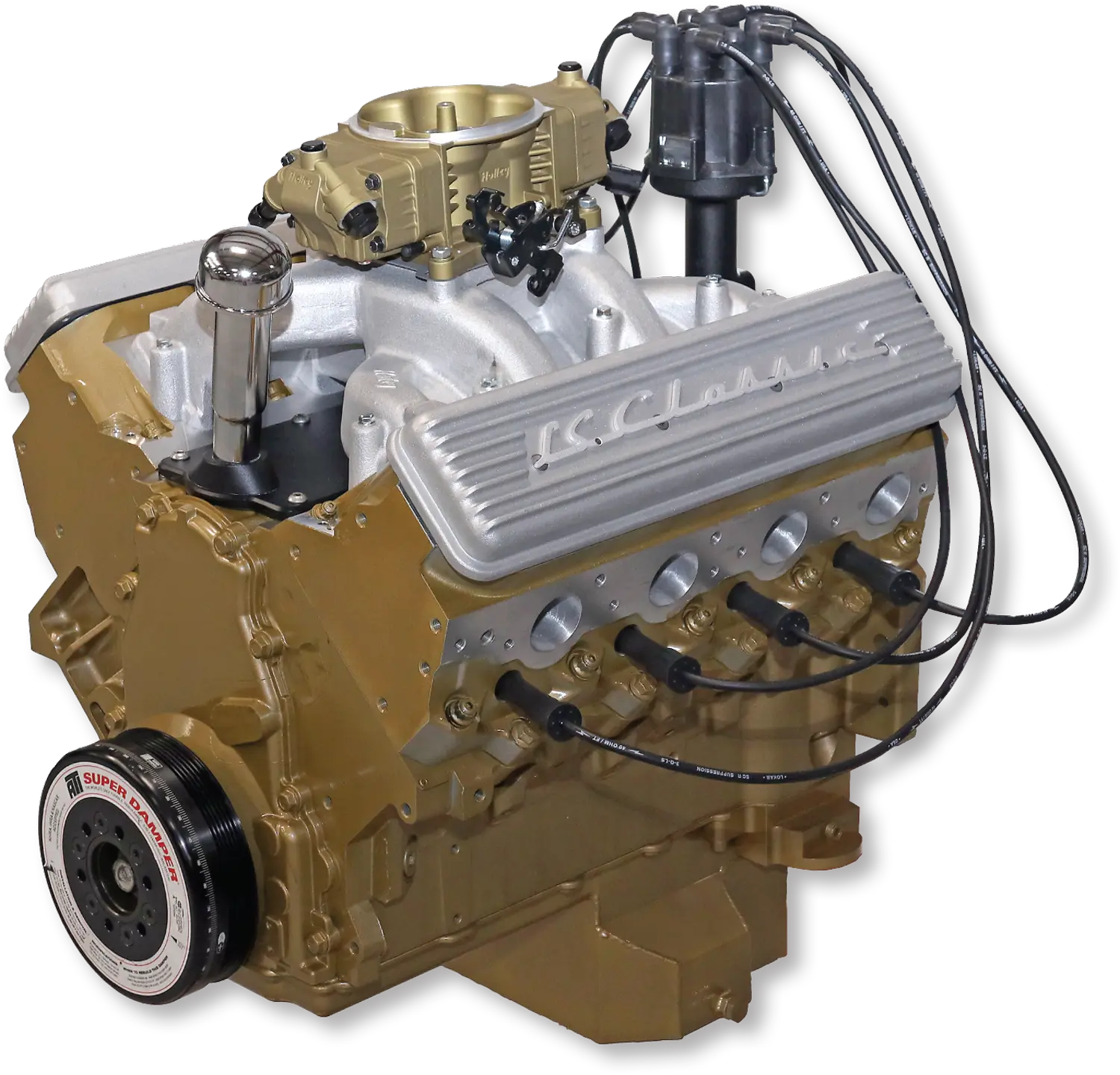
 Images by THE AUTHOR
Images by THE AUTHORhis is the opposite of putting lipstick on a pig (or whatever you want to call it).
We’re talking about taking one of the all-time-great engines—Chevrolet’s LS series—and dressing it to look like a classic, first-generation small-block. First off, when done right the LS engine is a great-looking powerplant all on its own. But sometimes you may want to disguise exactly what it is you’ve got powering your ride.
Sometimes you just don’t want your LS to look like an LS. This is particularly true when you are building a classic and you want to keep that old-school feel. If the outside of your Chevy car or truck looks all original, it can be a bit jarring to open the hood and find a modern powerplant sitting between the framerails. A first-generation small-block, or maybe even a 409 or rat motor, would look more at home in the engine bay. Or maybe you’re running a sleeper and want your potential victims to think you are running a workaday carbed small-block and not a big-inch LS with modern ignition controls and horsepower numbers a stock small-block 350 could only dream of.
 FEATURE
FEATURE
 Images by NotStock Photography
Images by NotStock Photographyhen people in the classic car hobby talk about Nomads, most folks associate that nameplate with Tri-Five Chevys (1955-57). Yes, the distinct two-door sport wagon was discontinued after the ’57 model year due to lackluster sales, but Chevrolet held onto the Nomad moniker for all ’58 Bel Air four-door station wagons denoting the flagship Chevrolet series. In 1959 the Nomad became the counterpart of the Impala, as in the wagon version, which carried on through the ’60 model.
 TECH
TECH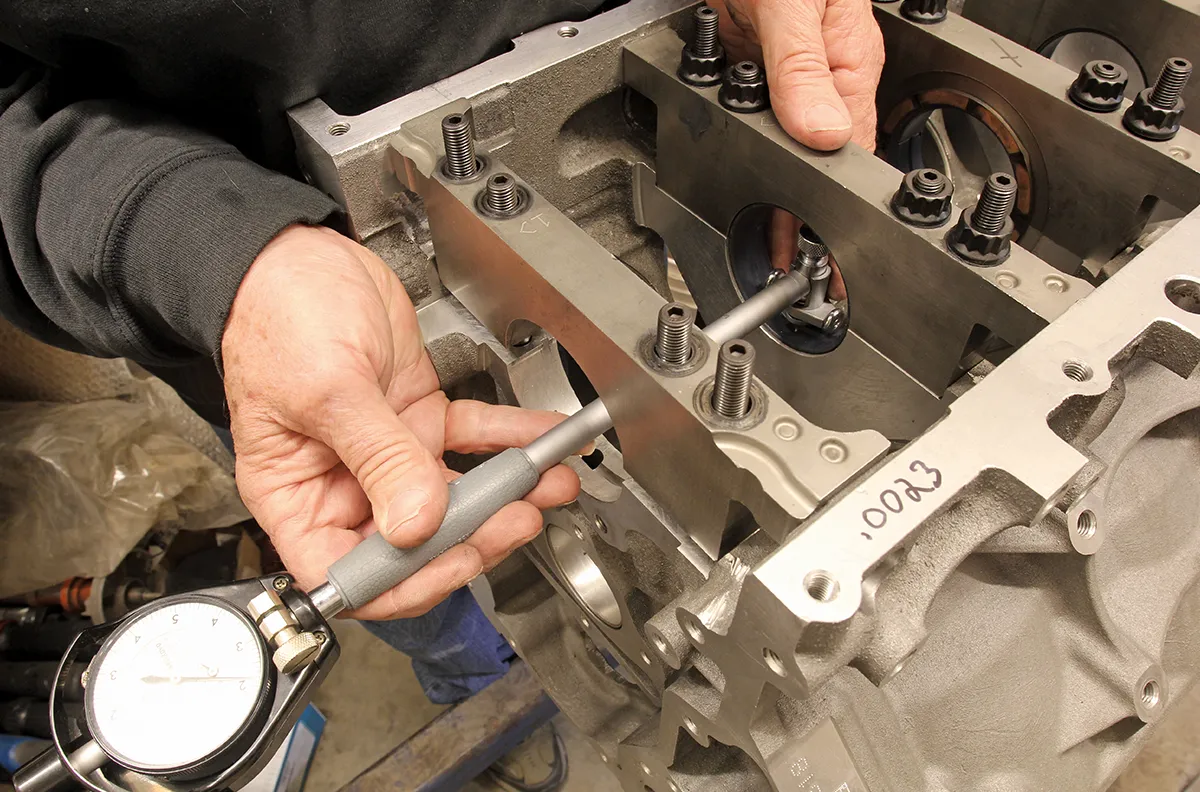
 Images BY THE AUTHOR
Images BY THE AUTHORhen it comes to assembling your next engine, the process of setting bearing clearances can be a bit intimidating to aspiring engine builders. Worse yet are the ones who just assume that if the crankshaft spins with the main caps torqued the clearance must be correct. If you are reading this story, you are likely the type of engine enthusiast who knows that effort usually is handsomely rewarded.
This process does require some specialty measurement tools and a fair amount of patience, but it is neither difficult nor mathematically challenging. It just requires the willingness to perform some careful measurements while paying attention to the details. There are also some tweaks to the process that can be employed to come up with the proper specifications.
 EVENT
EVENT

 IMAGES BY THE AUTHOR
IMAGES BY THE AUTHOR e’ve shown you action from the Southeast Gassers Association in the past, and that coverage typically comes from Knoxville Dragway in Tennessee. As 2024 approached, we were excited to hear that our favorite gasser group would be returning to Brainerd Motorsports Park, a historic eighth-mile dragstrip in Ringgold, Georgia. This track hosted the gassers a few years ago and drew huge crowds to watch the unpredictable action, but various factors played into the group’s decision to race elsewhere during its highly contested championship series. Thankfully, those fences were mended and the authentic gasser organization could get back to business at Brainerd.
In case this is your first time reading about the Southeast Gassers Association, this group of racers is dedicated to accurately representing the gasser wars of the ’60s. They do so in period-correct cars, which play by a strict set of rules based on performance factors and appearance. The racing is true heads-up action—no handicap starts or breakouts. To even the playing field, there are multiple classes, separated just like they did it back in the ’60s. The cars are weighed and classified by the weight to cubic-inch ratio. C/Gas comes in at 10 pounds per cubic inch, B/Gas is 8 pounds per cubic inch, and A/Gas is 6 pounds per cubic inch. The A/Gas racers are the top dogs of the group, pushing the limits of the old-school suspension. Other classes, including Super Stock, H/Gas, and A/FX add to the event, keeping action on the track all day long.
 Feature
Feature
 Images by the author
Images by the authoruscle car lover Doug Cooper didn’t have to stretch too far when naming his fresh Nova build. “I named her ‘Plain Jane’ for obvious reasons. Basically, she’s a no-frills ride on the outside but underneath she’s built to run hard with plenty of power to spare.”
And he ain’t kiddin’. This ’66 Chevy II is one precisely engineered ride built with plenty of modern conveniences and go-fast goodies, all to make this modest-looking Chevy a wolf in a woolly sweater, hiding her fangs for the moment she draws you in.
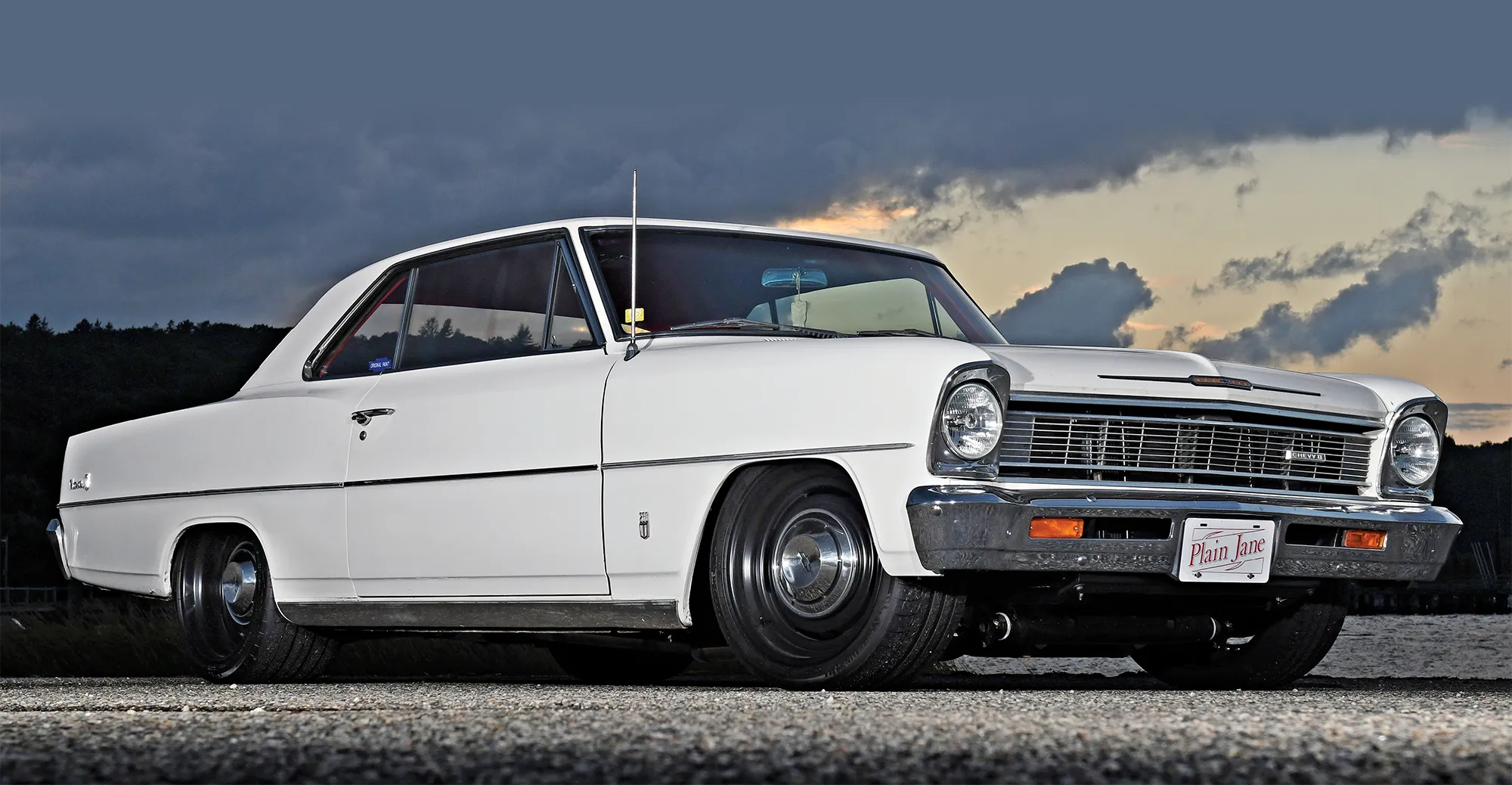
 TECH
TECH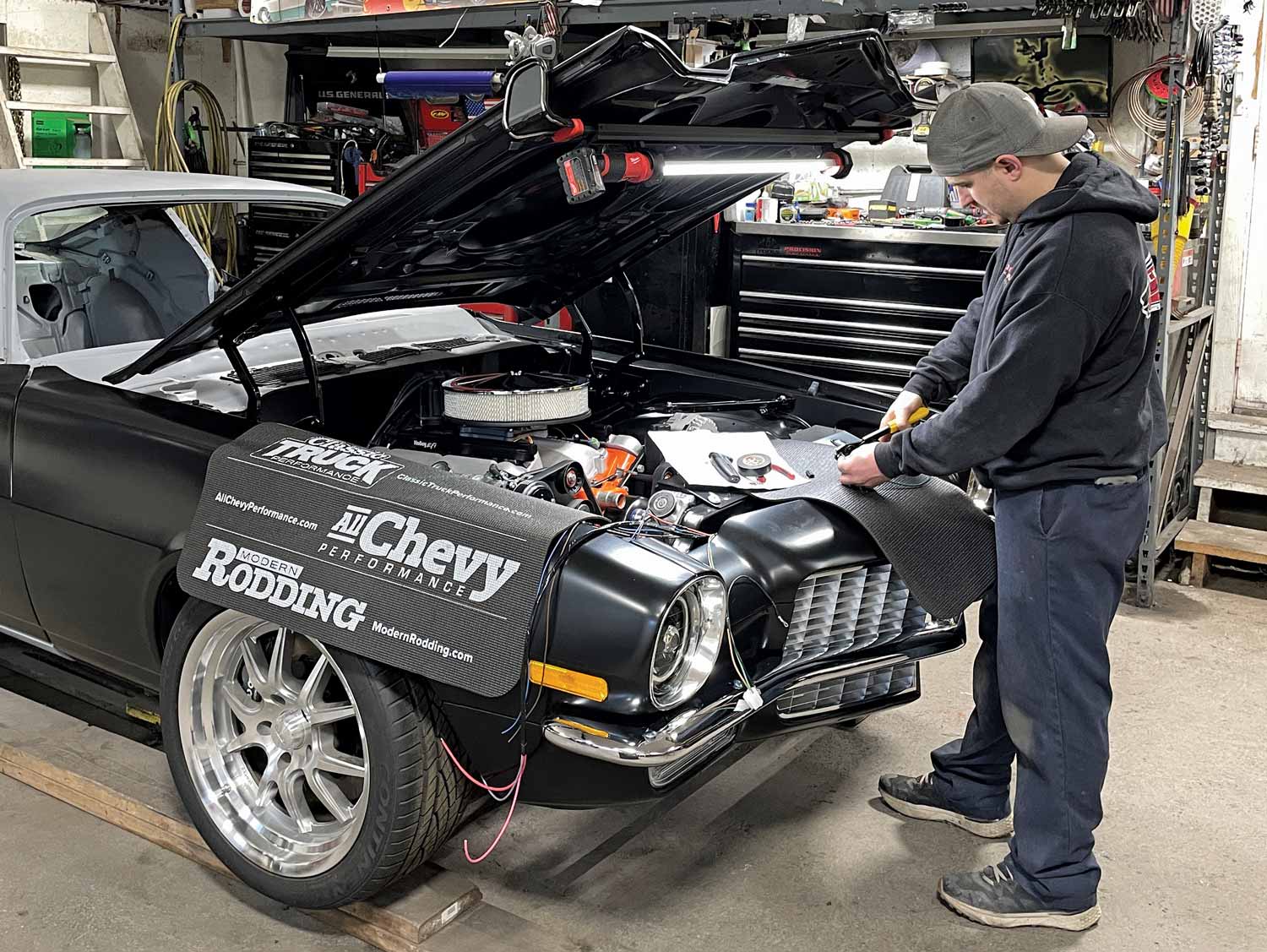
Second-Gen
Camaro
to Life
 Images BY
Images BY egardless of whether you’re updating your ride or taking on a full build, one of the most vital systems for review should always revolve around wiring. With wiring being the absolute control center of your high-performance Chevy, its daily demands handle everything from engine management to lighting, interior comforts, and gauges to monitor the vitals. Sure, your car had perfect wiring when it left the factory but if you’re wheeling a muscle car that’s over 50 years old, it’s a good idea to revisit its heartbeat to be sure it maintains a clean bill of health.
 Event
Event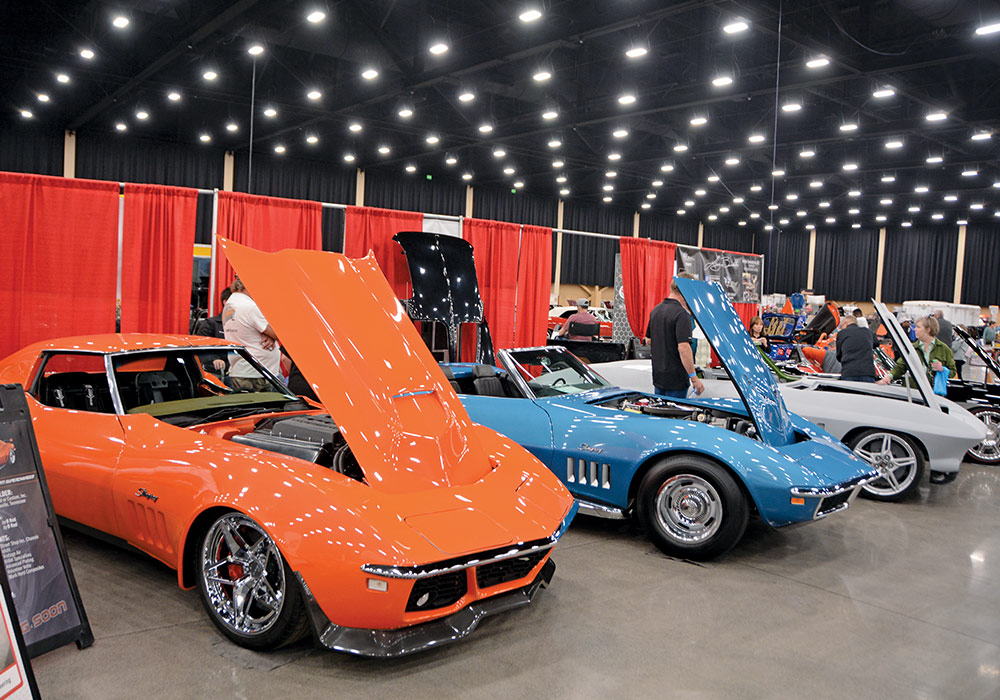
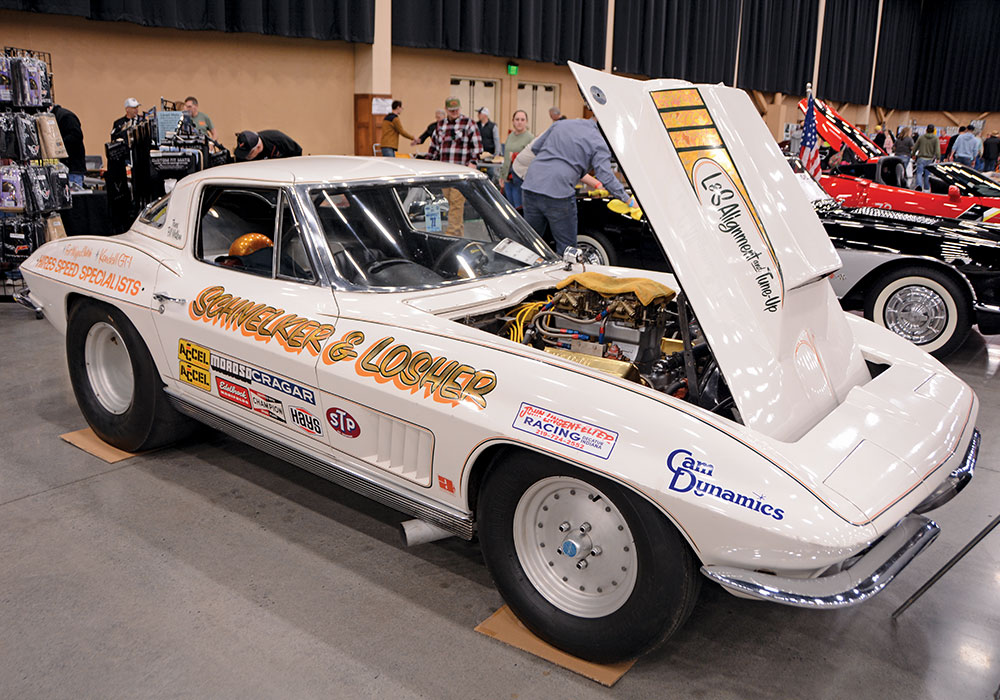

 Images BY THE AUTHOR
Images BY THE AUTHOR ome parts of the country have a climate that is conducive to year-round car shows, but for most of us, the winter months are spent in the garage. By March, cabin fever sets in and it’s time to get out. For 47 years, the Corvette Expo in Pigeon Forge, Tennessee, has been the go-to season opener for folks in the Southeast, but it has expanded over the years to reach a broader audience. A few years ago, the Corvette Expo event organizers added a special feature area for Chevelles, which has morphed into Chevys in general, so it’s not uncommon to see Camaros, Novas, Chevy trucks, and more. The Chevys in the Smokies feature widens the audience and has sparked significant growth in the event.
From NCRS-certified stockers to wild custom creations, the Corvette Expo has a great variety of cars on hand. We saw a significant increase in C8 Corvette participation this year, ranging from bone-stock base model cars to highly modified customs. As always, the early Corvettes get a lot of attention from the purists, but there were lots of great late-model cars in attendance. Those late models are the most likely to take part in the Dragon Cruise, a coordinated driving event, that tackles the famed Tail of the Dragon, a mountain road that has 318 curves in 11 miles.
Advertiser
- All American Billet21
- American Autowire33
- American Camaro Association85
- Art Morrison Enterprises49
- Auto Metal Direct43
- Automotive Racing Products7
- Billet Specialties9
- Borgeson Universal Co.41
- Classic Industries25
- Classic Performance Products4-5, 89, 92
- Custom Autosound69
- Dakota Digital91
- Eddie Motorsports31
- FiTech EFI71
- Flaming River Industies23
- Forgeline Motorsports81
- Granatelli Motor Sports, Inc.69
- Heidts Suspension Systems67
- Hemmings63
- Lokar2
- National Street Rod Association61
- Powermaster Performance81
- Schwartz Performance85
- Scott’s Hotrods71
- Speedway Motors39
- Steele Rubber Products51
- Summit Racing Equipment13
- The American Tri-Five Association11
- Thermo-Tec Automotive89
- Trick Flow Specialties67
- Triple Crown of Rodding, LLC29
- Vintage Air6
- Wilwood Engineering47
- Woody’s Hot Rodz89










